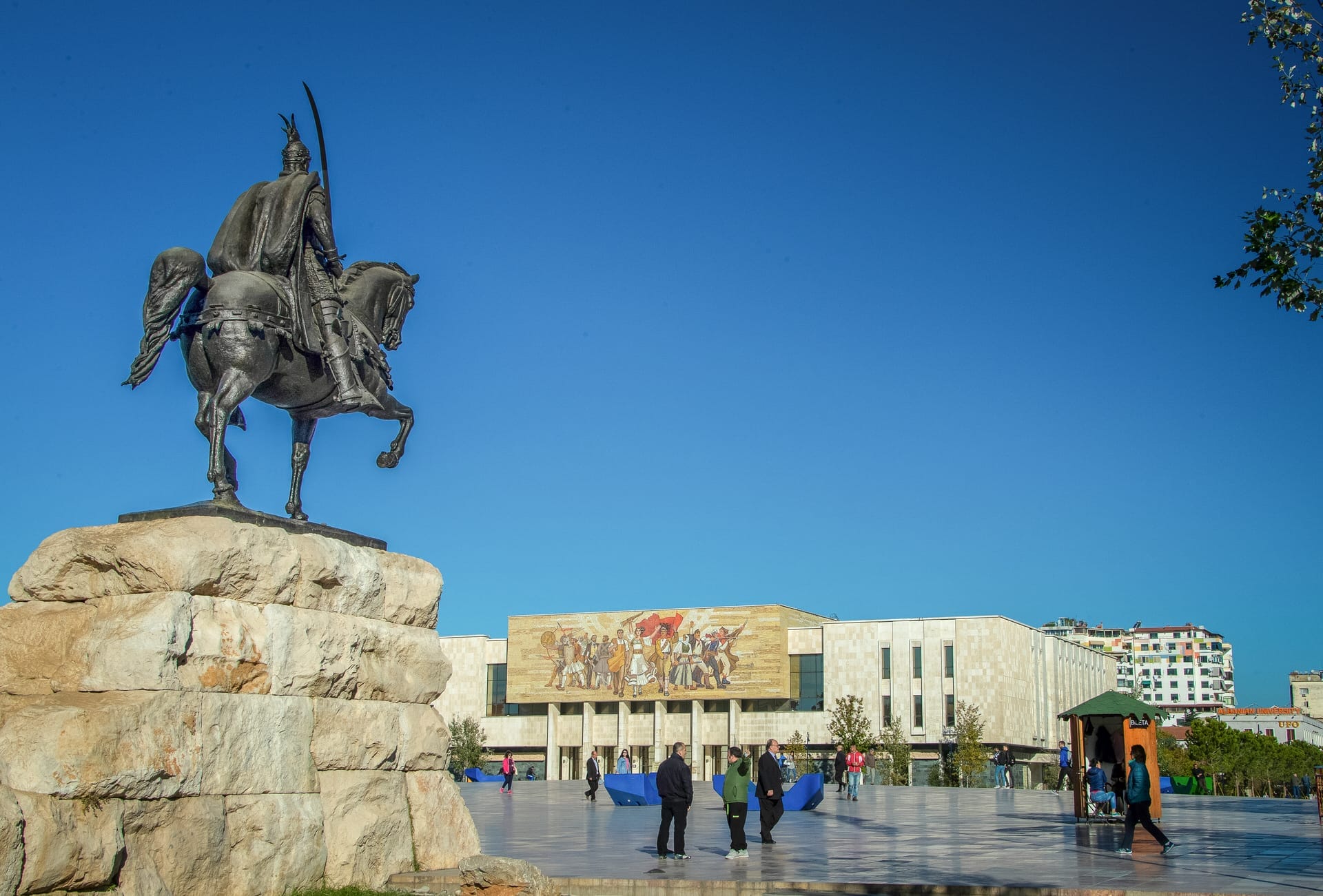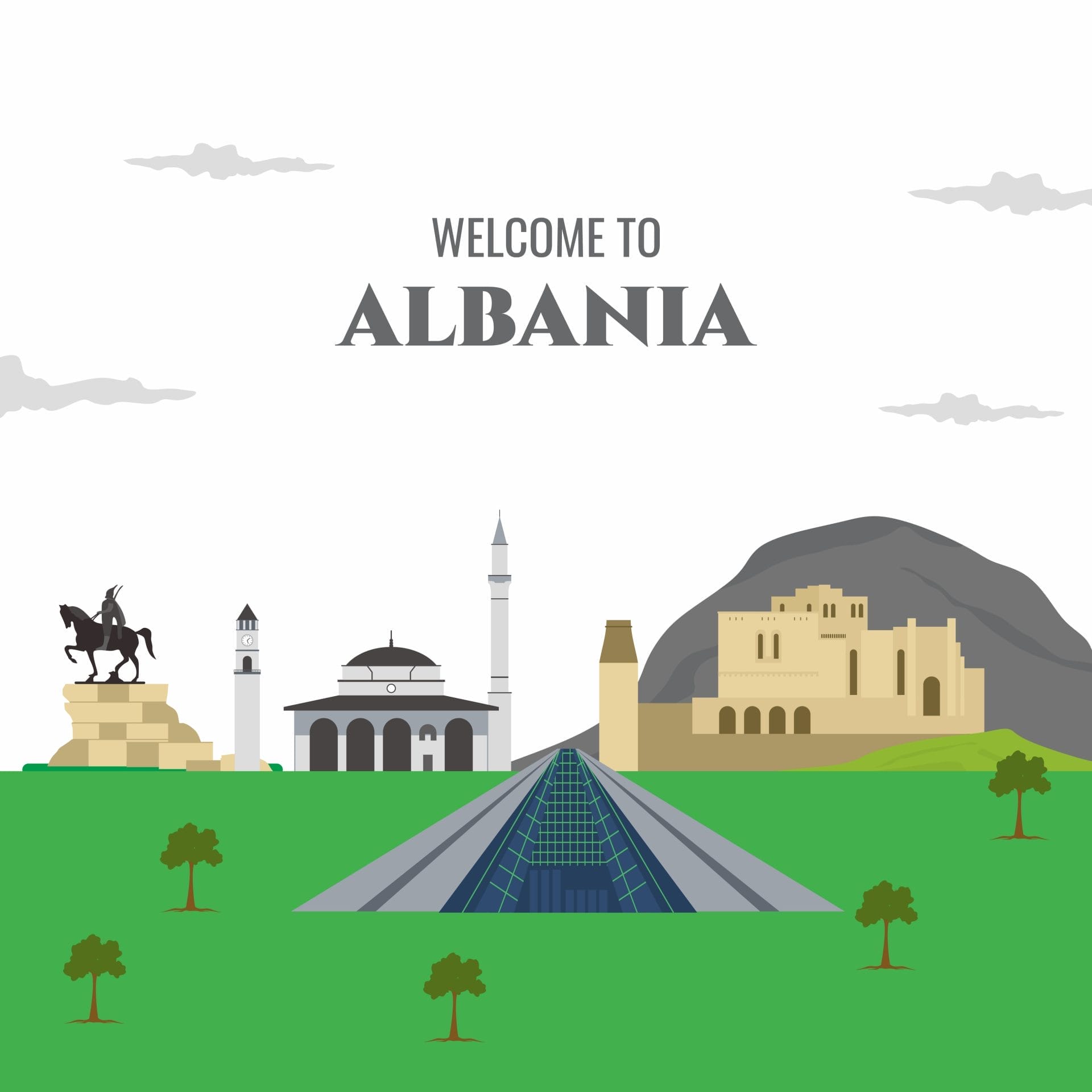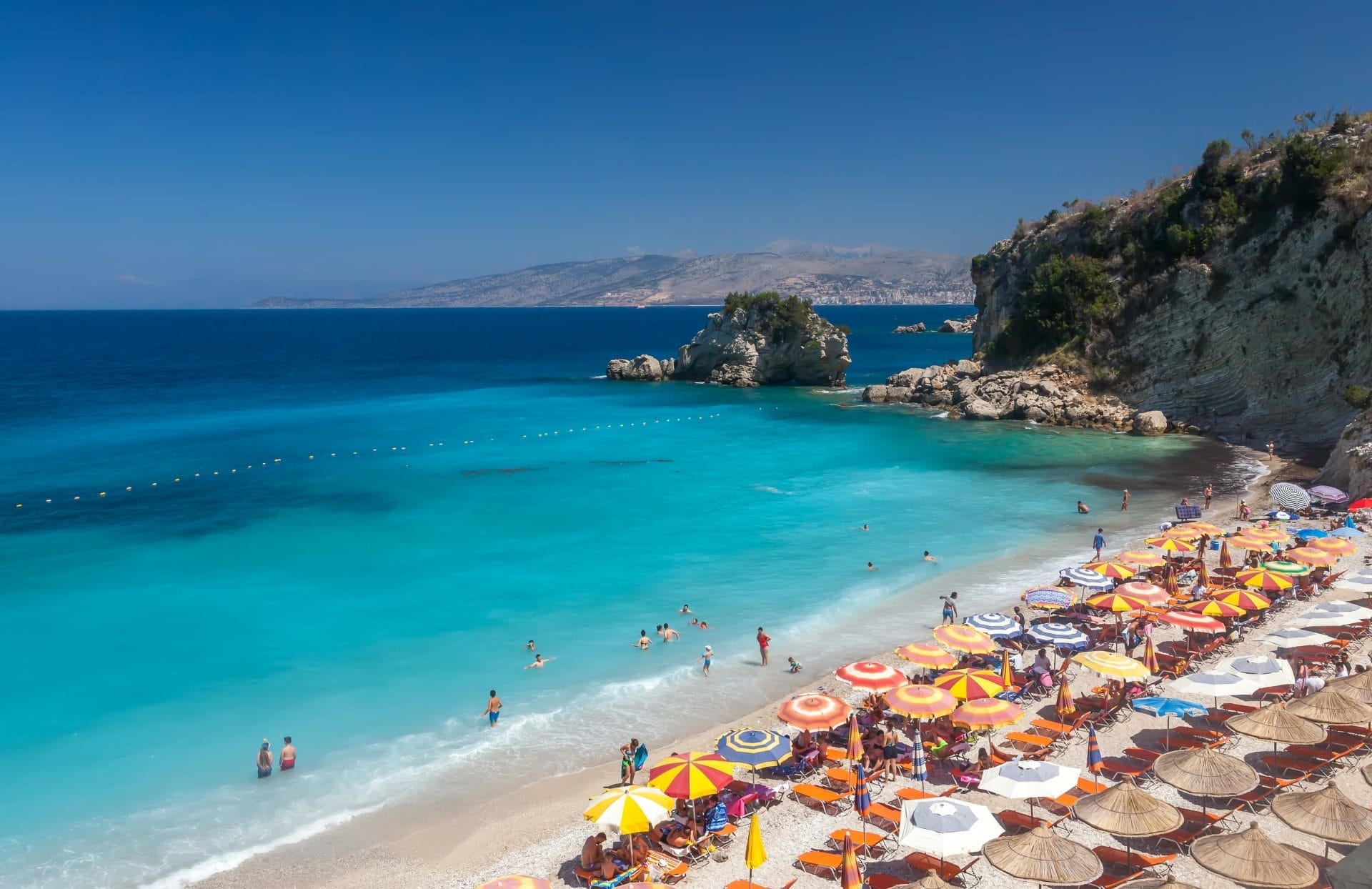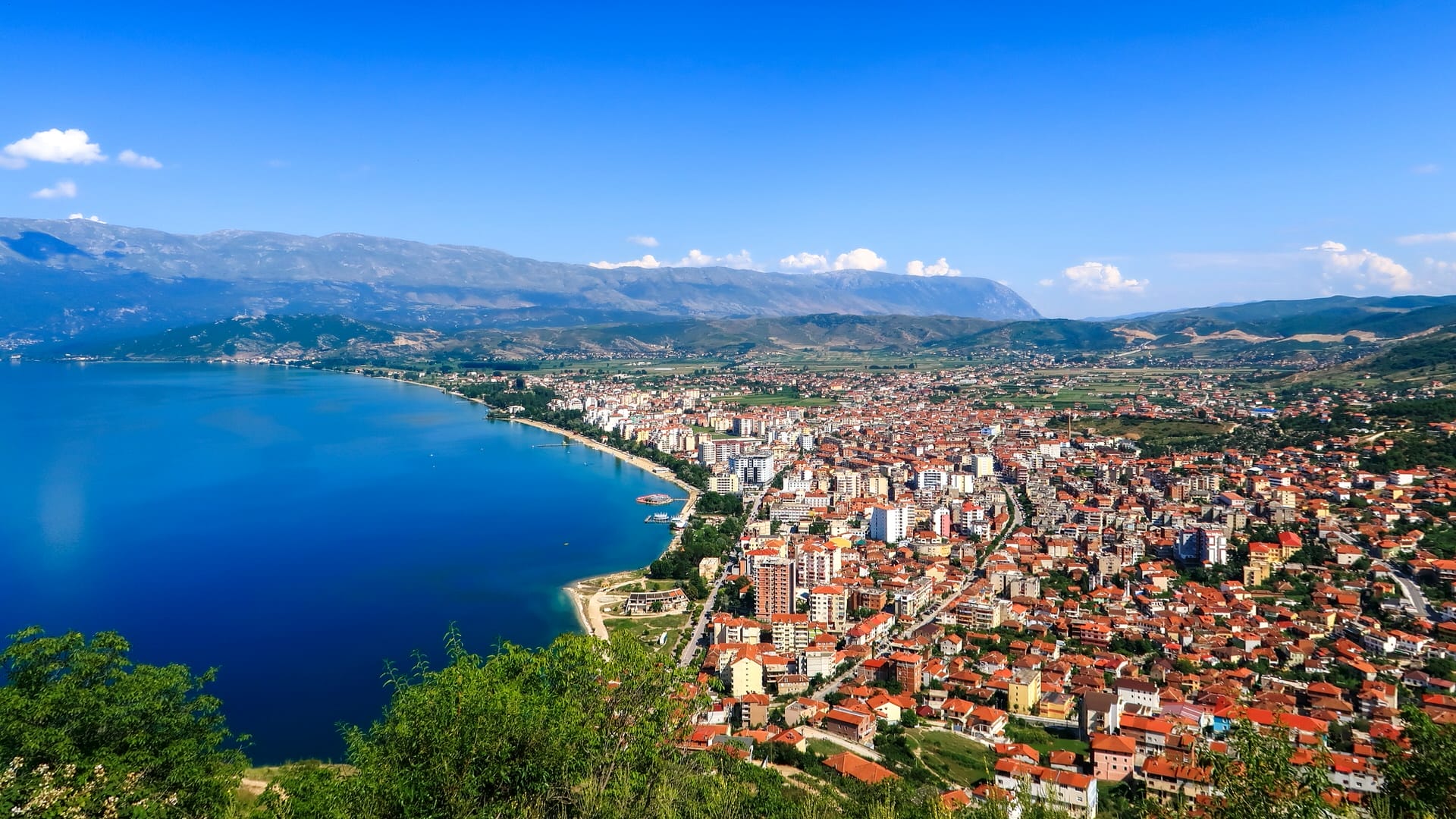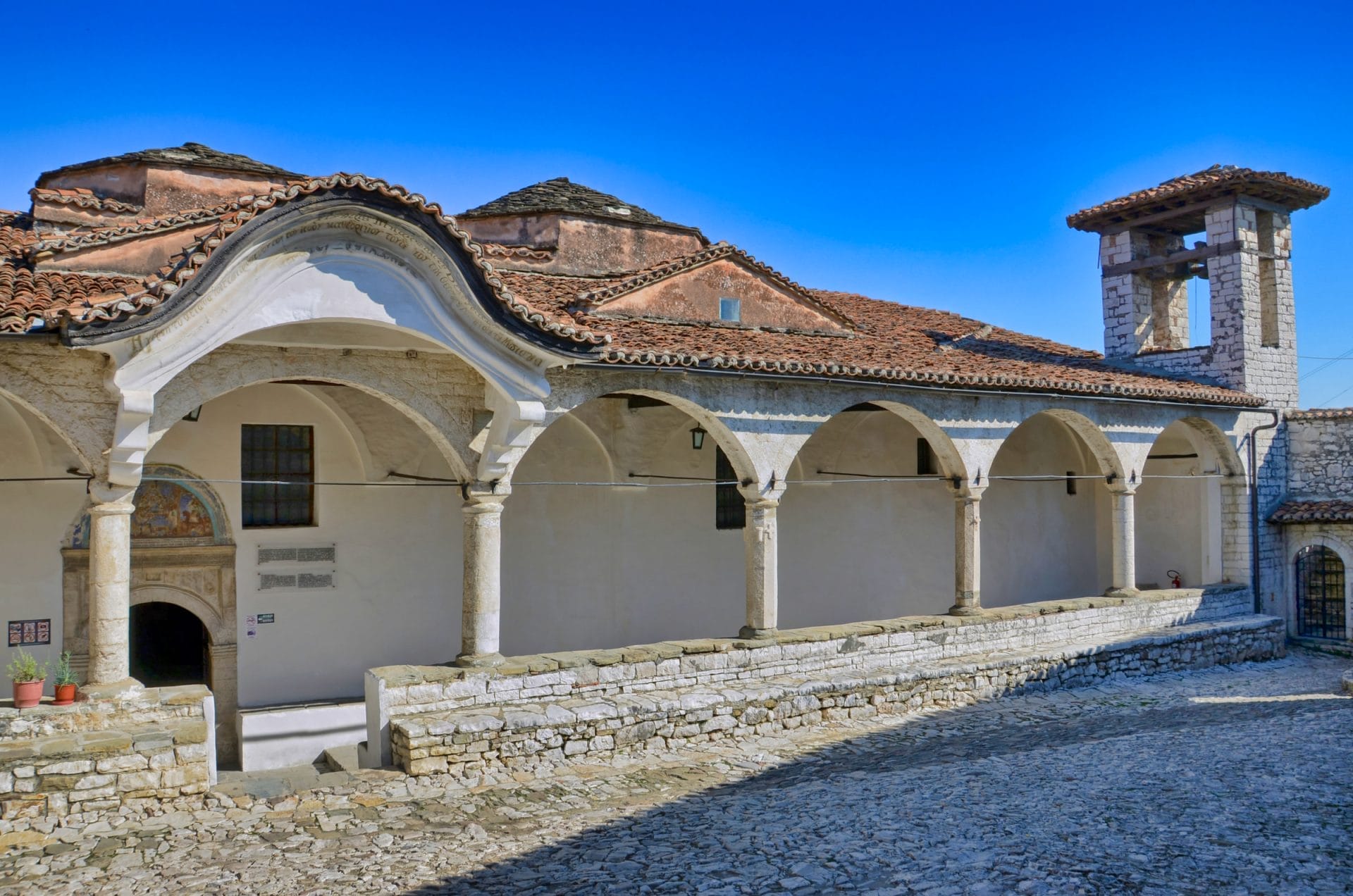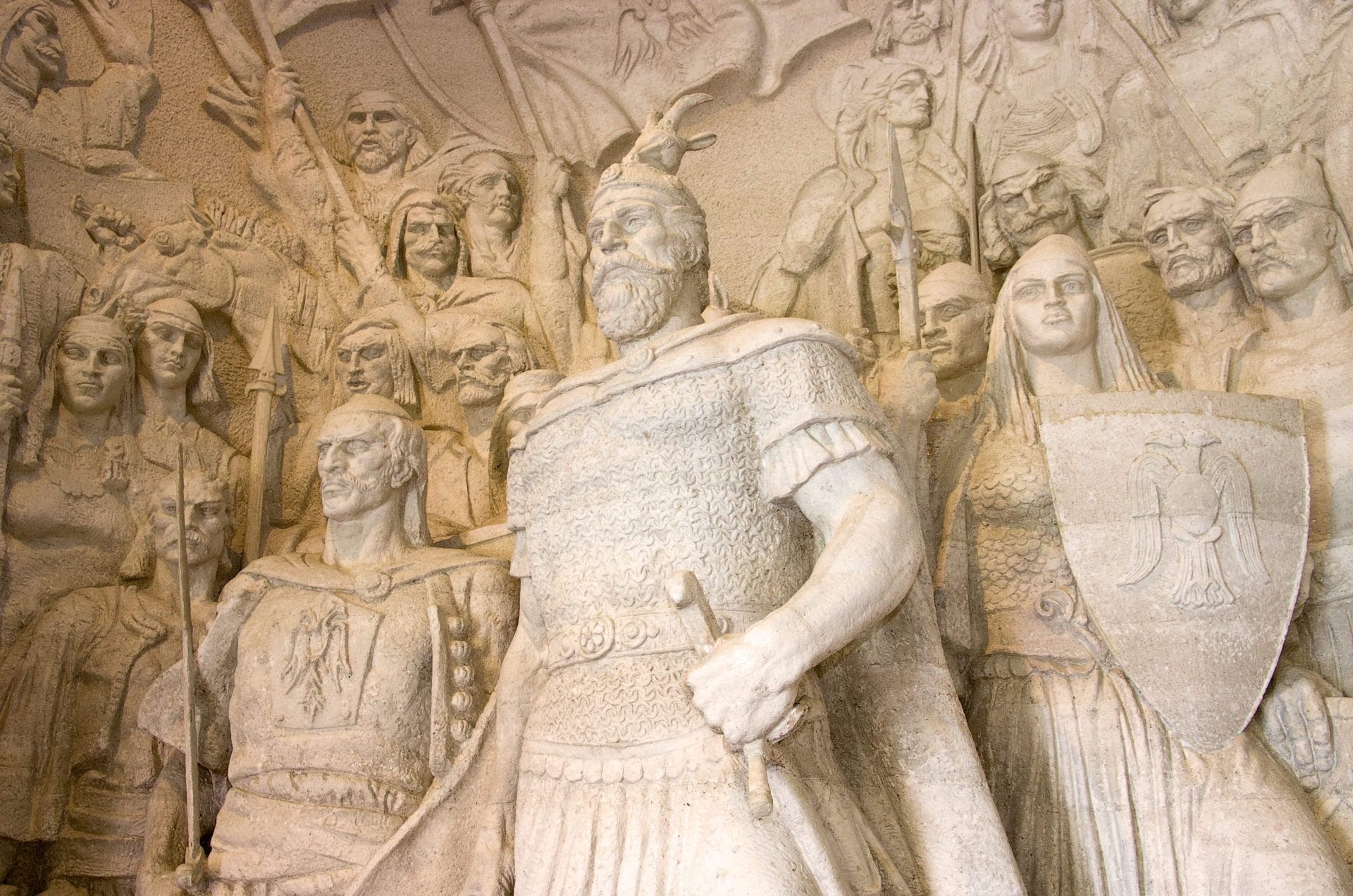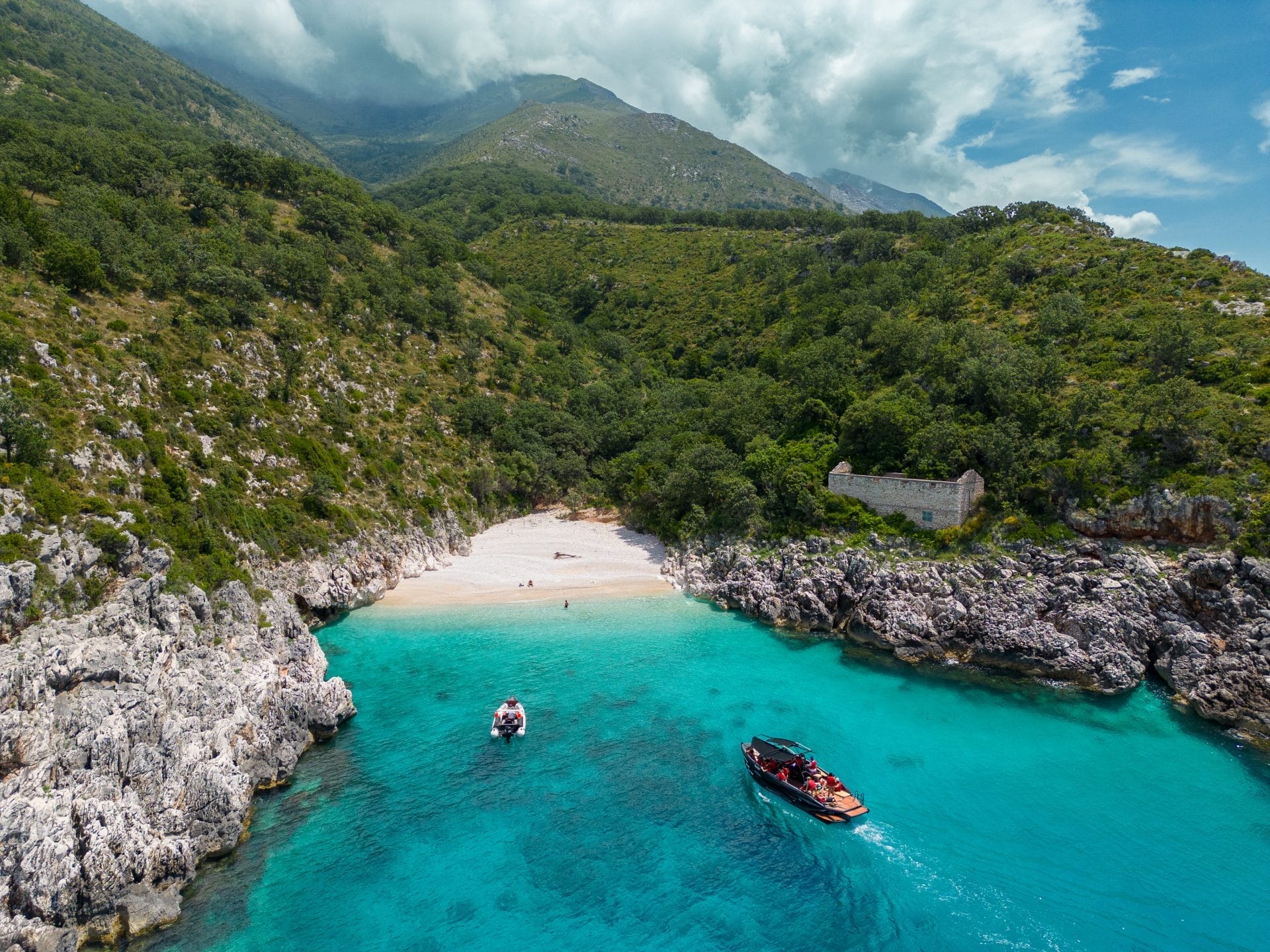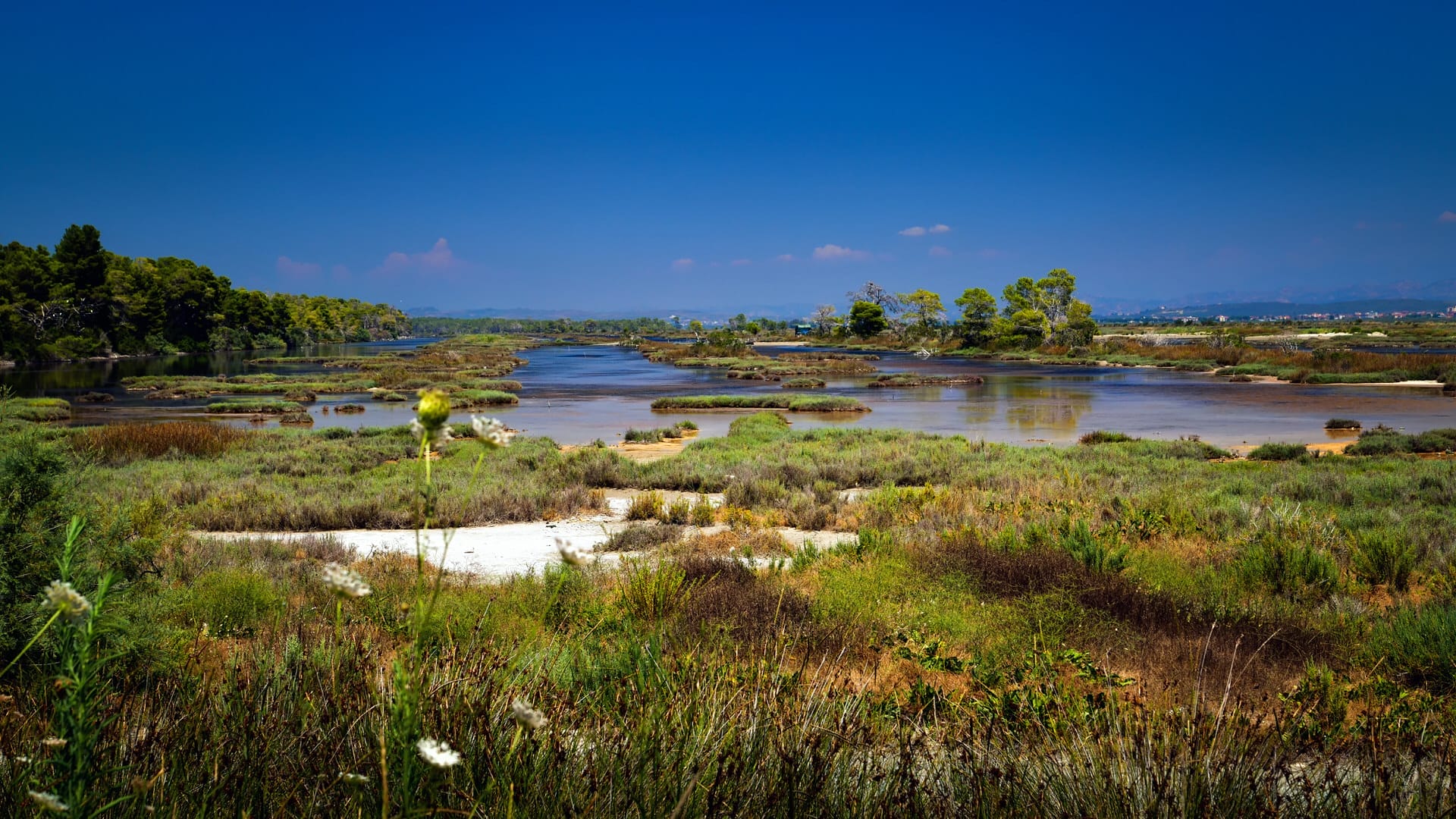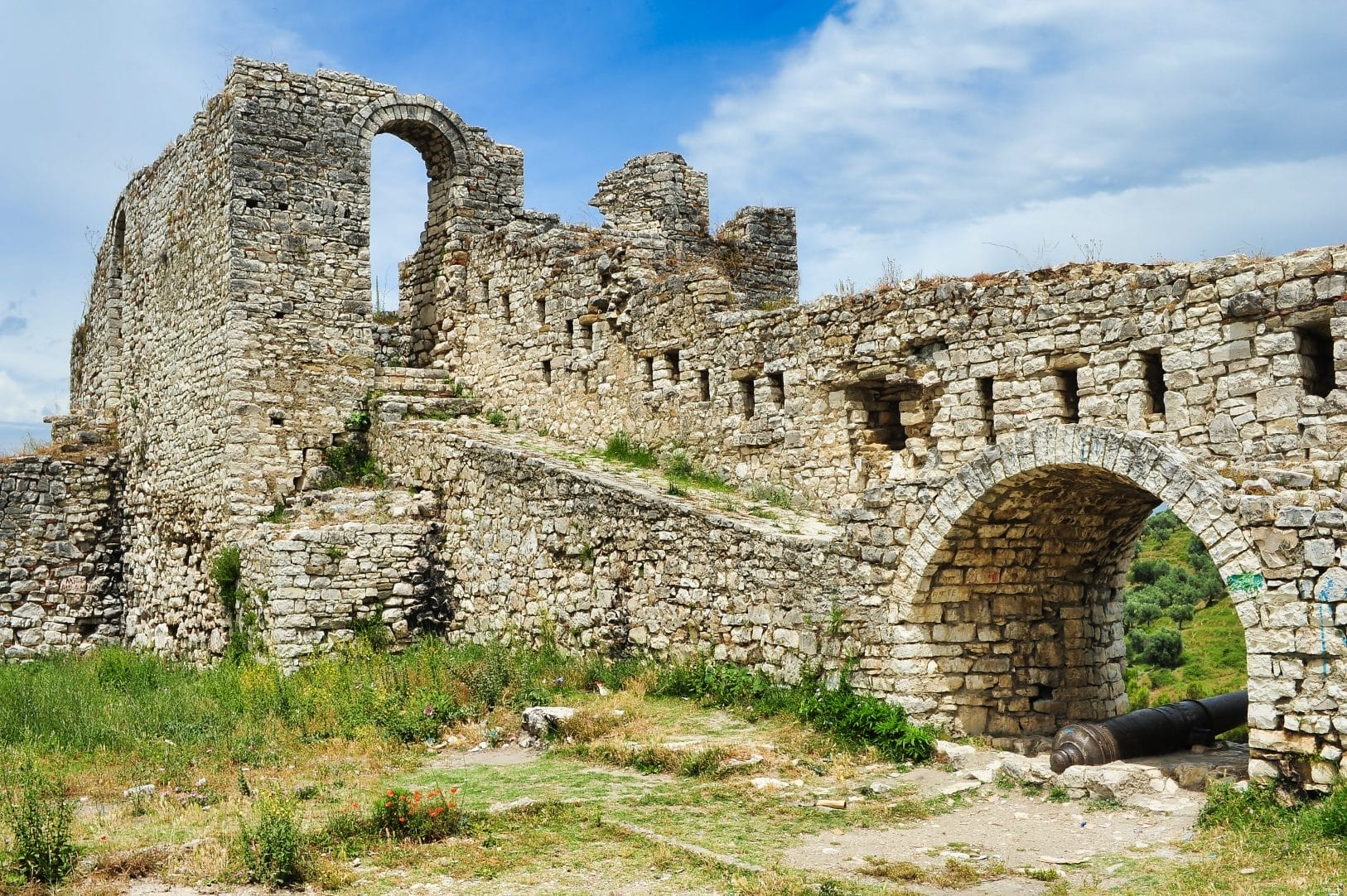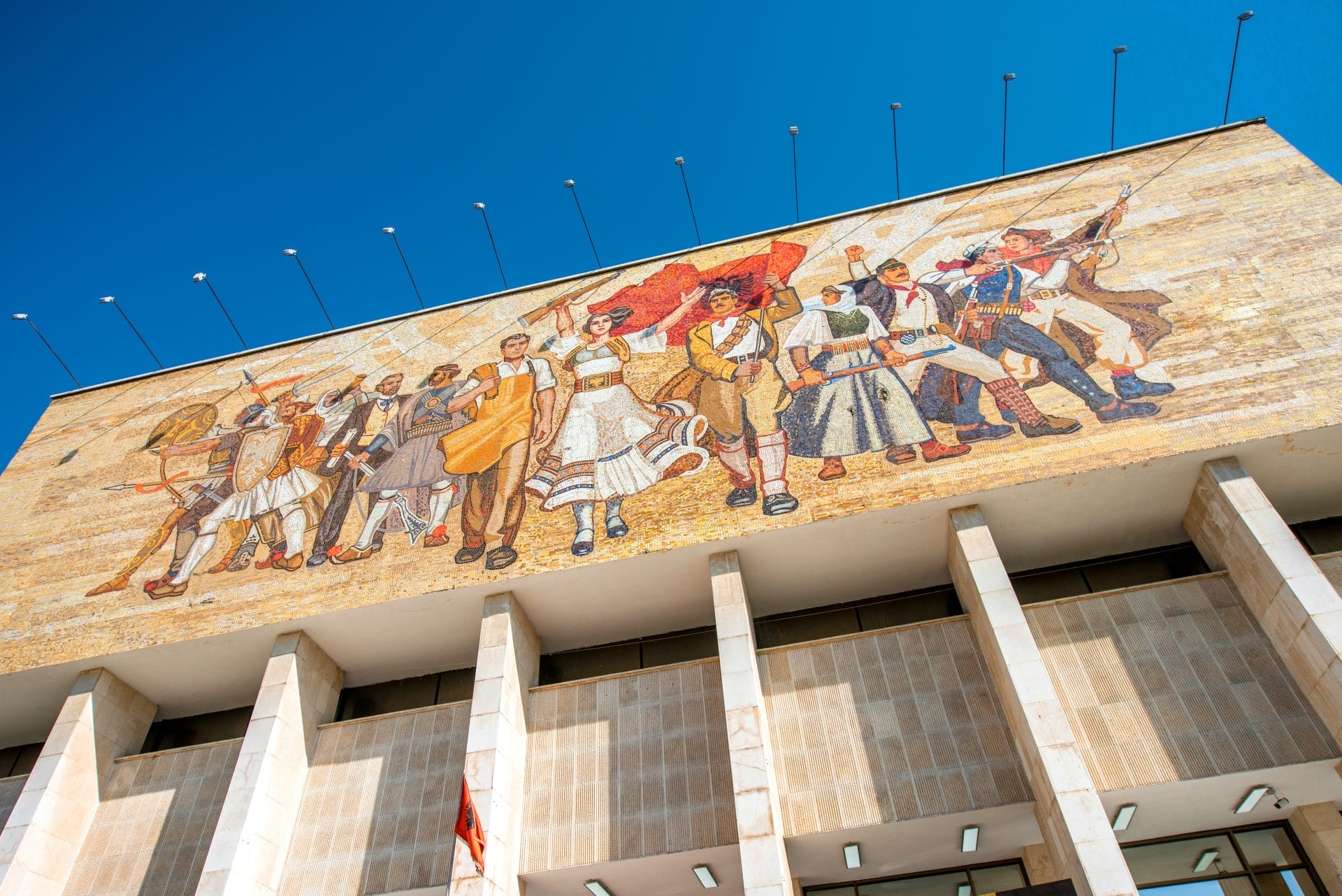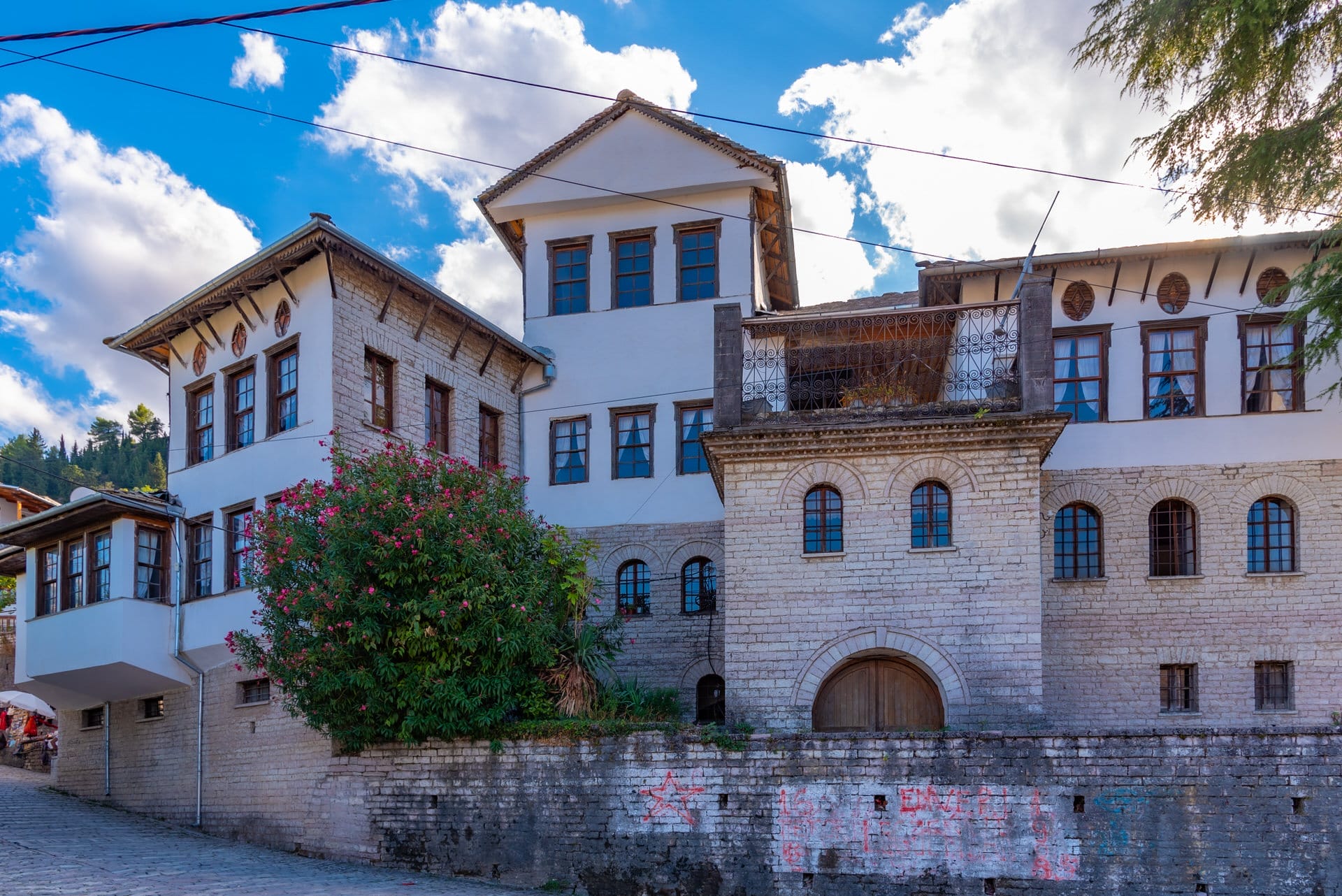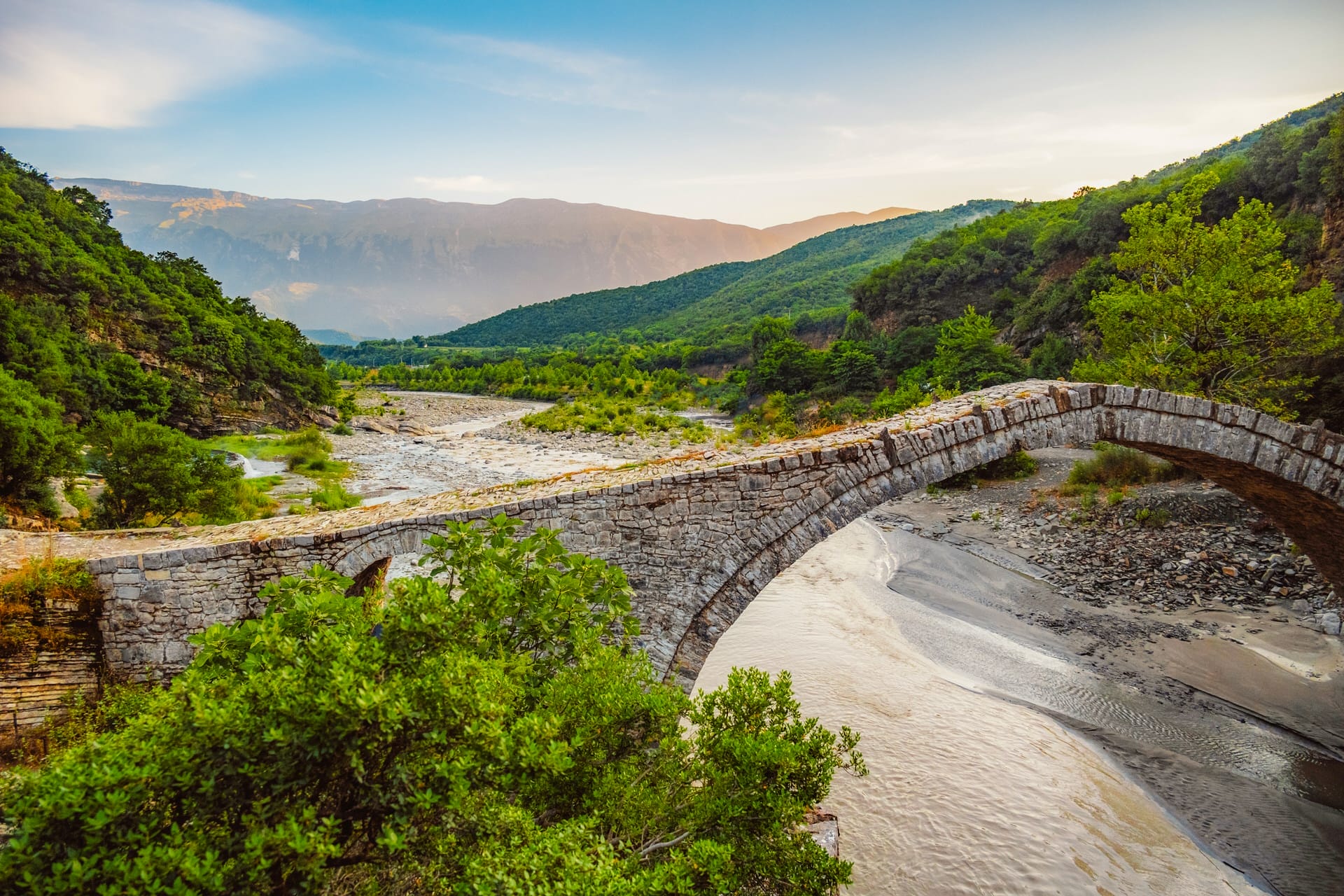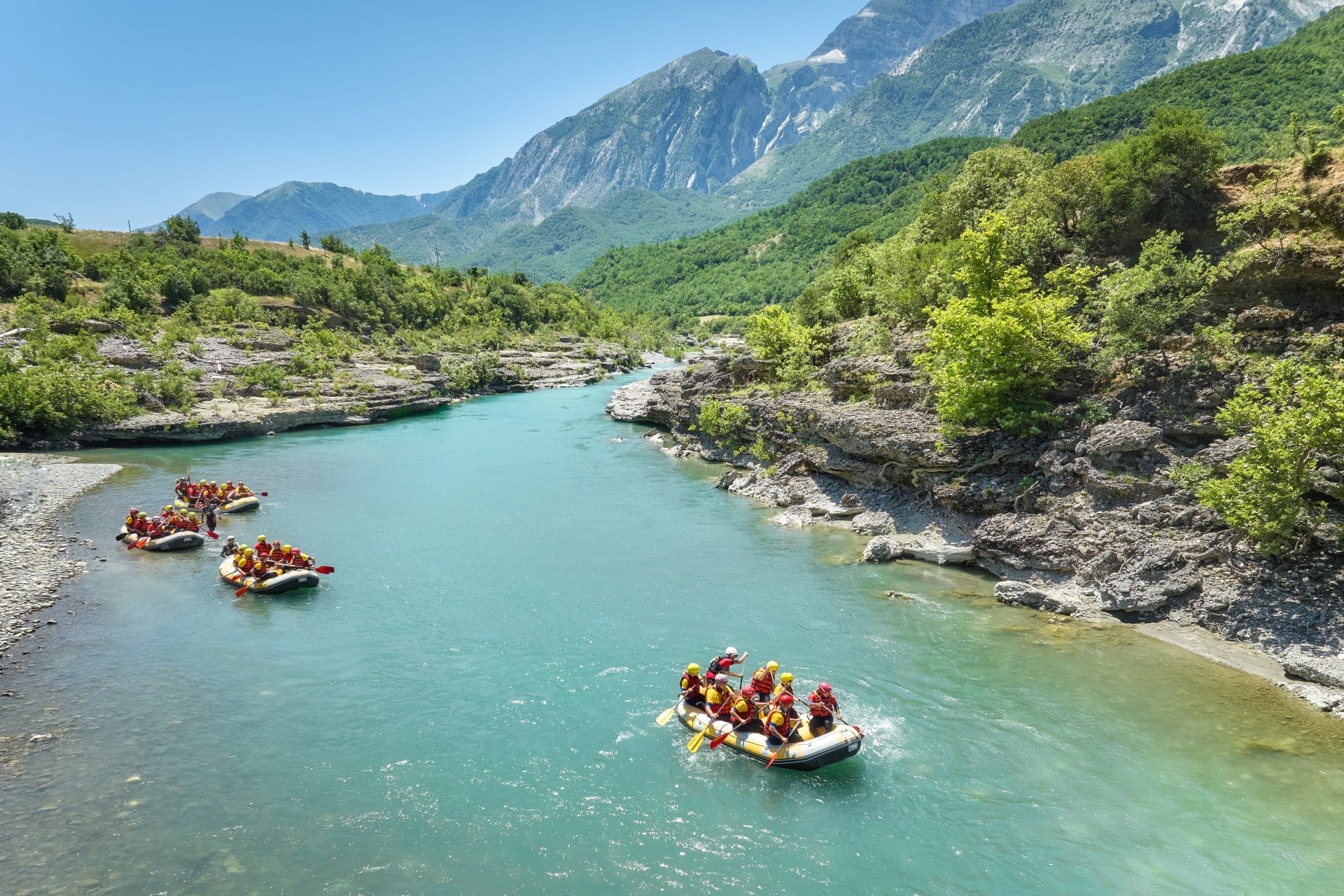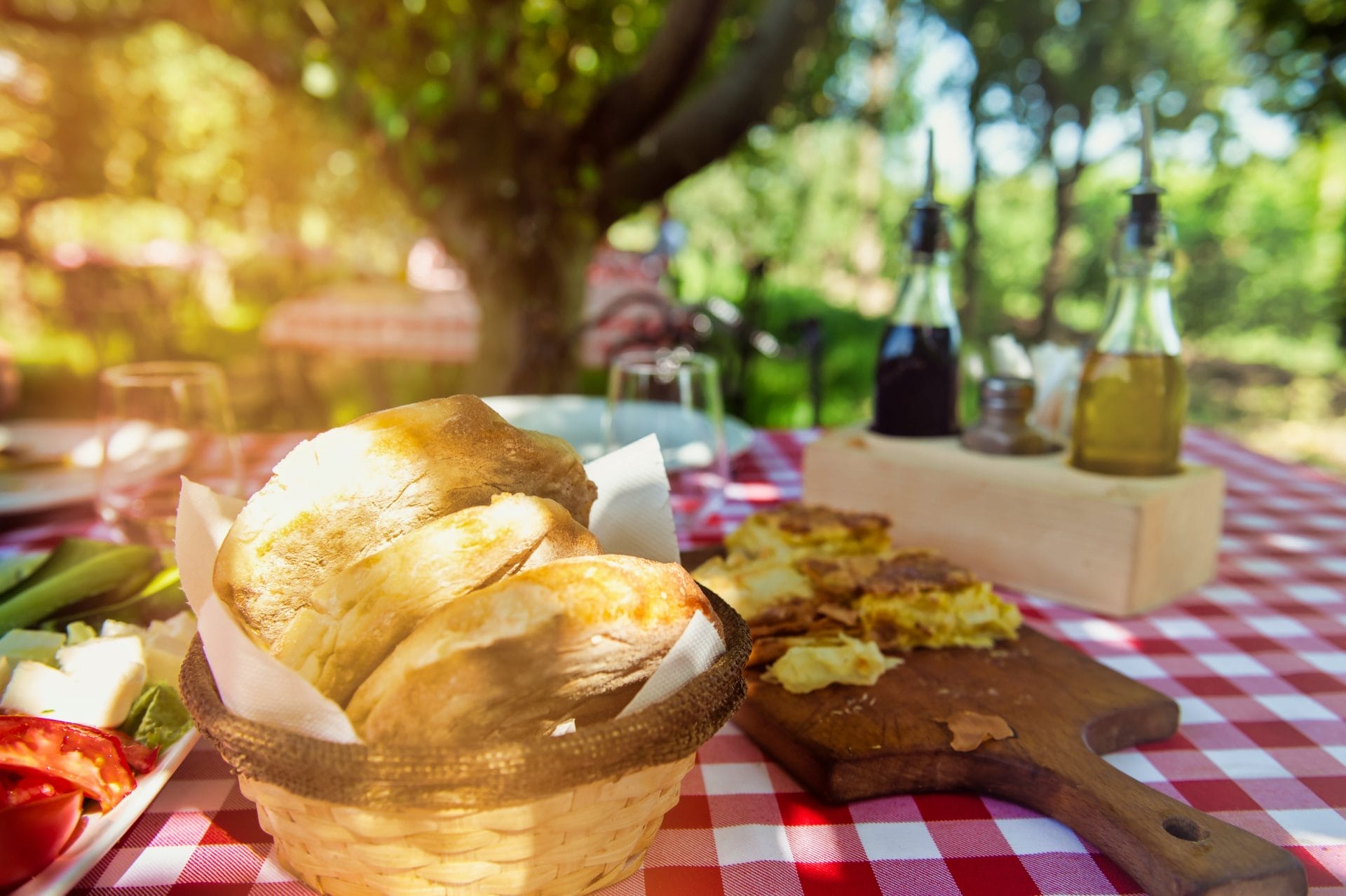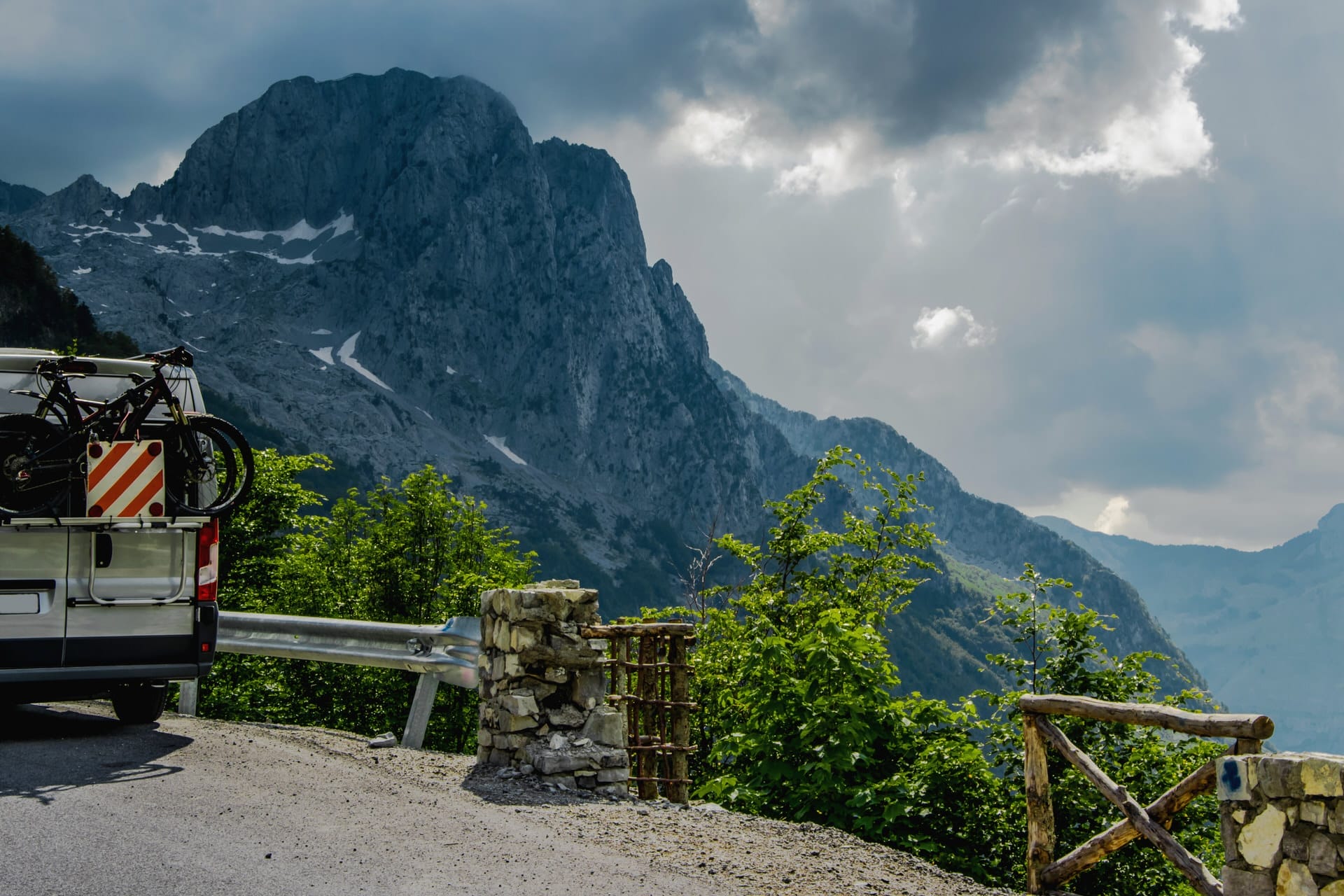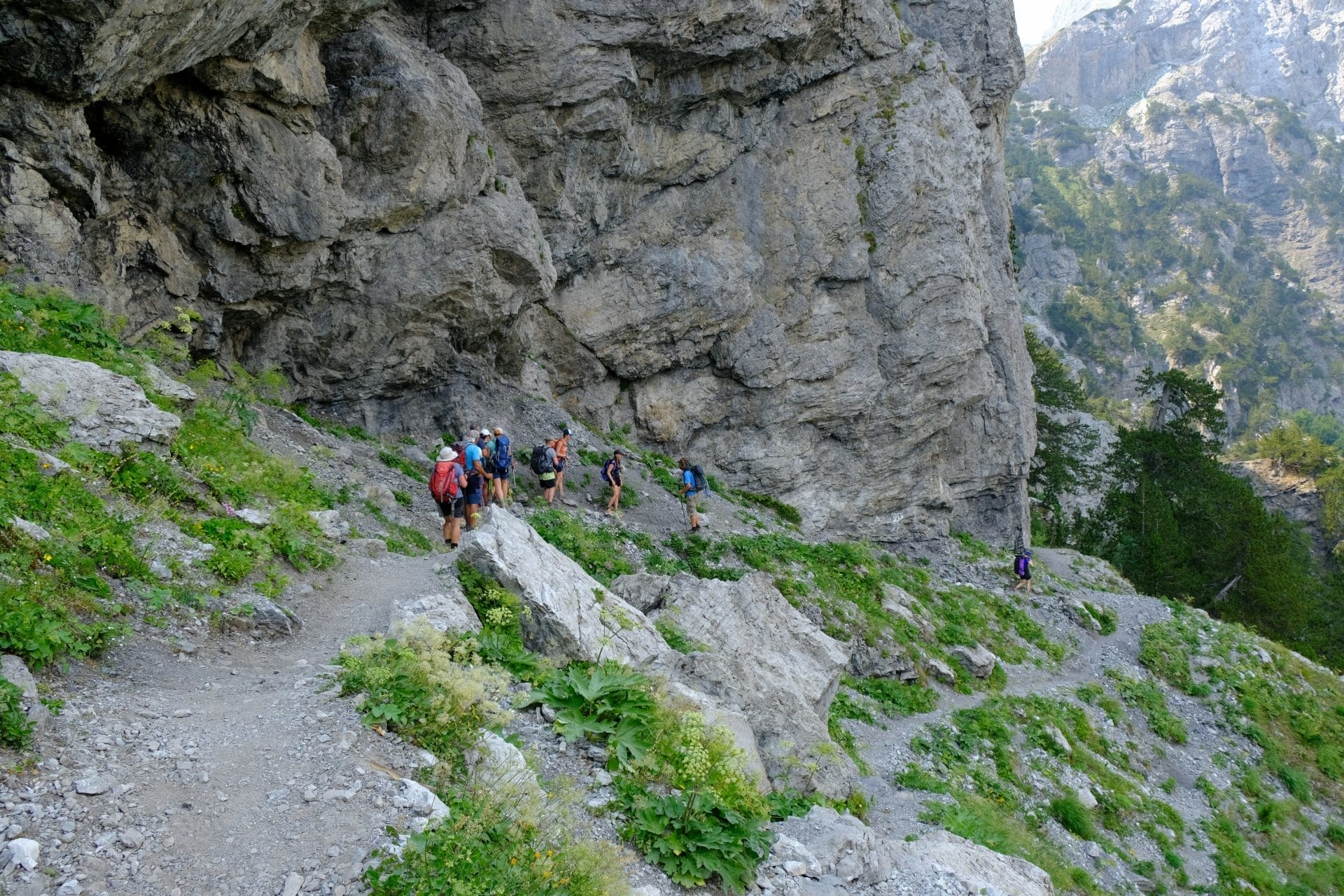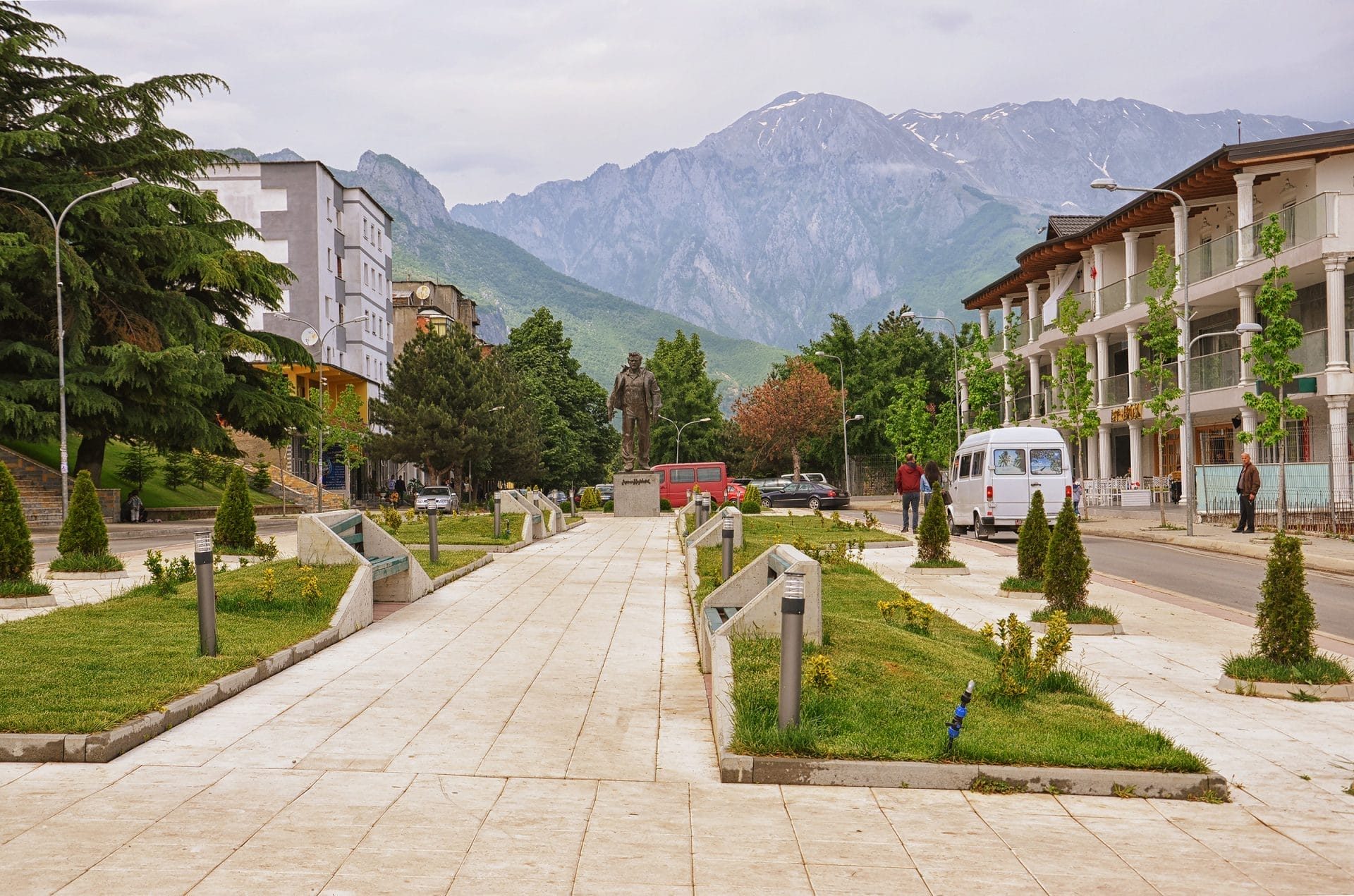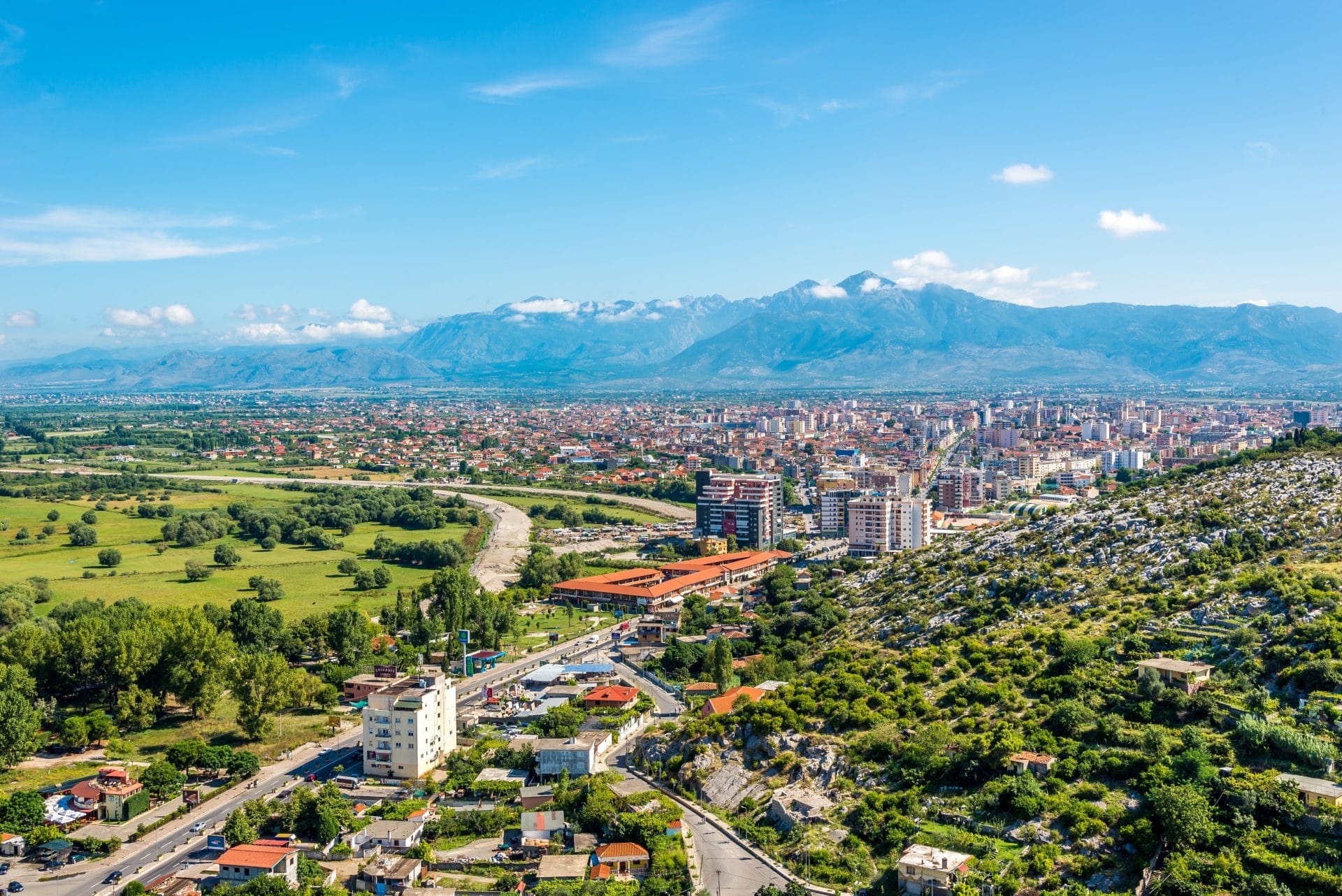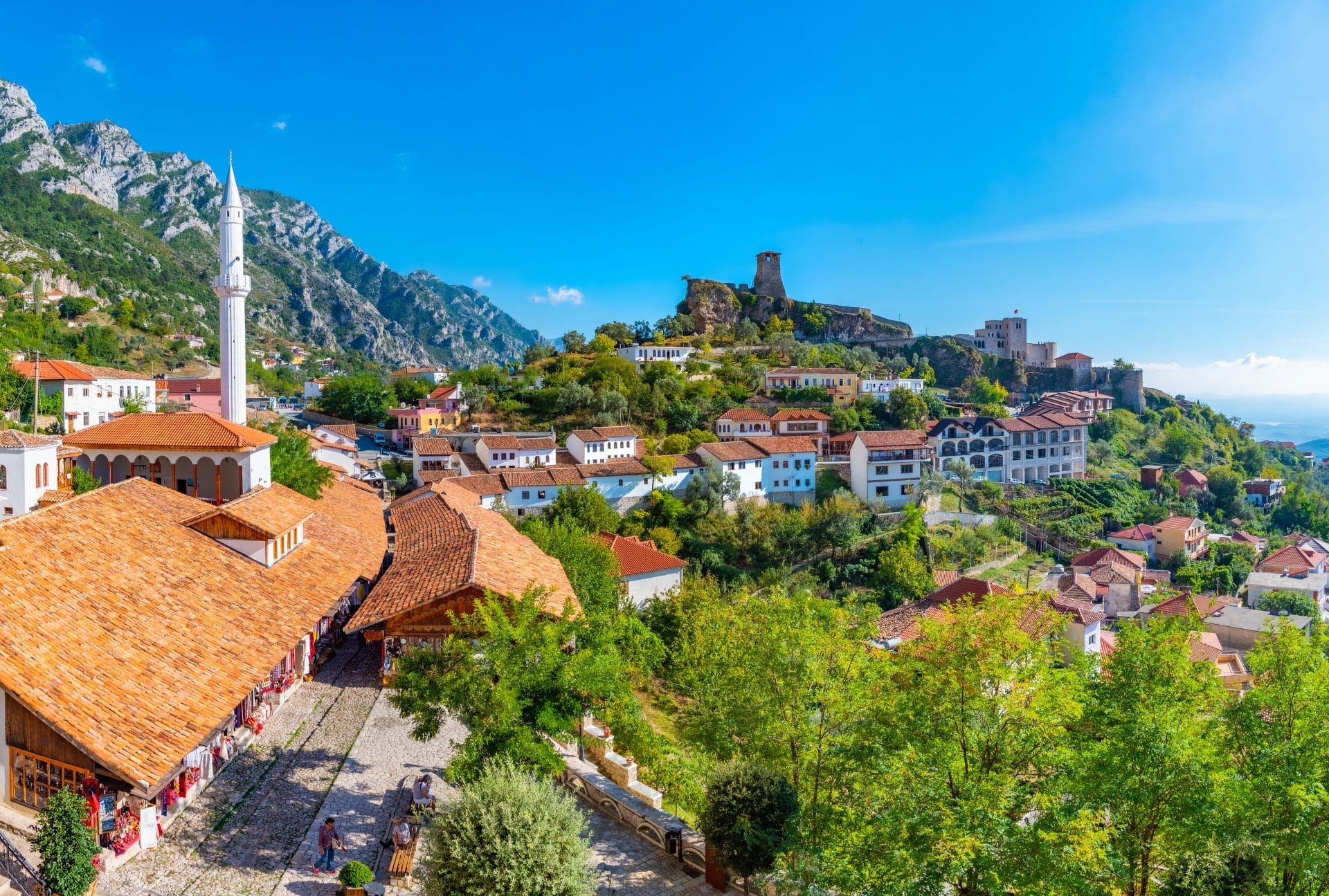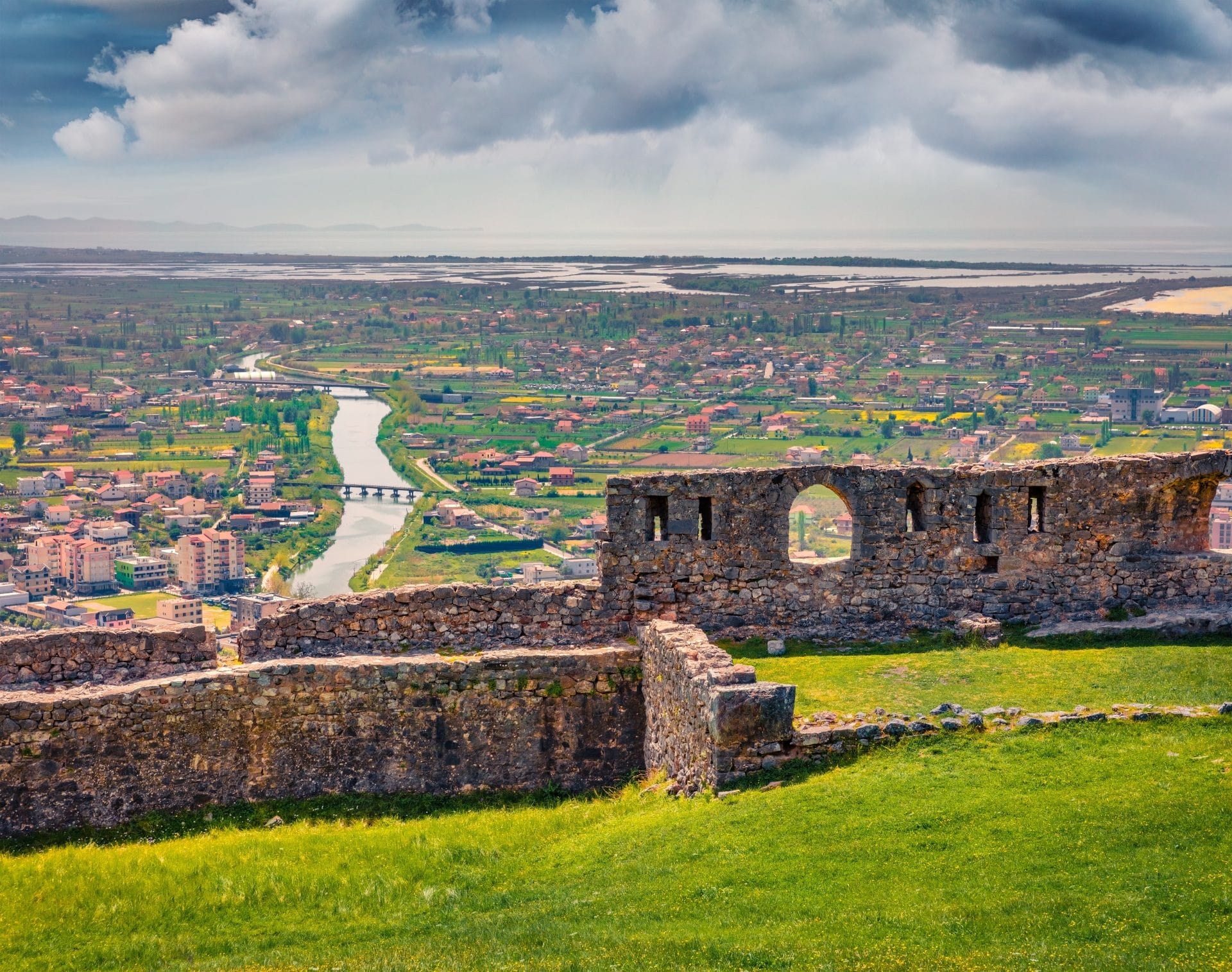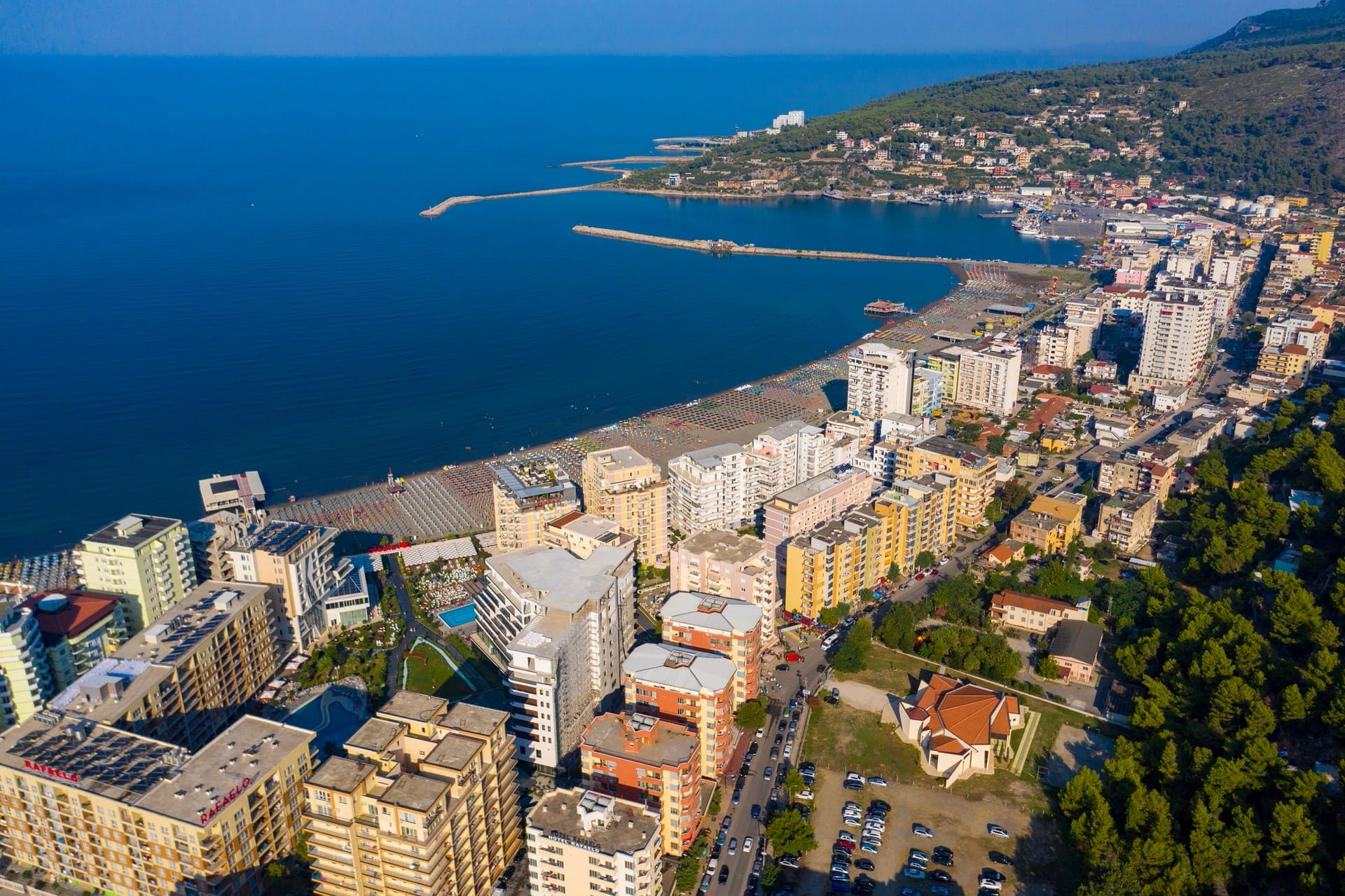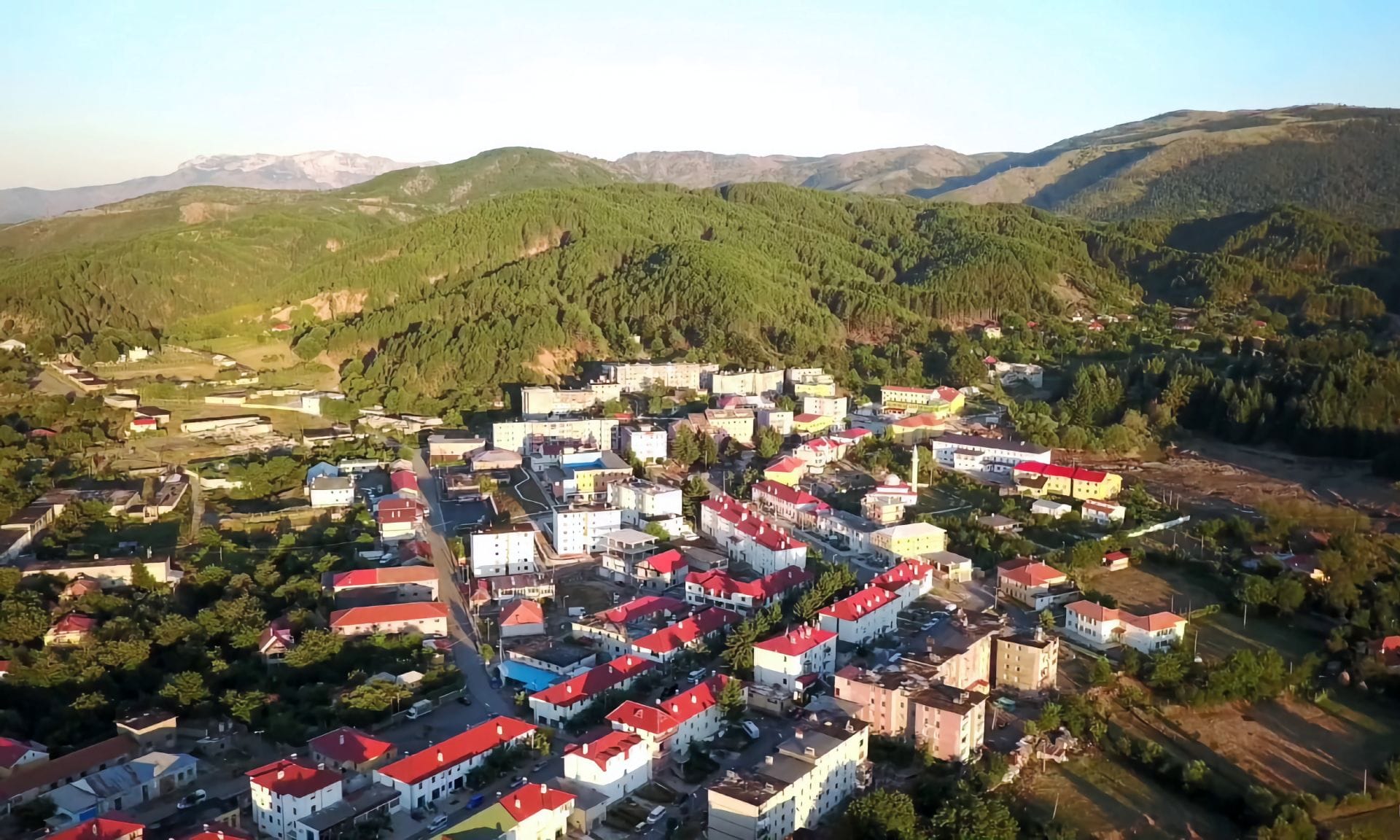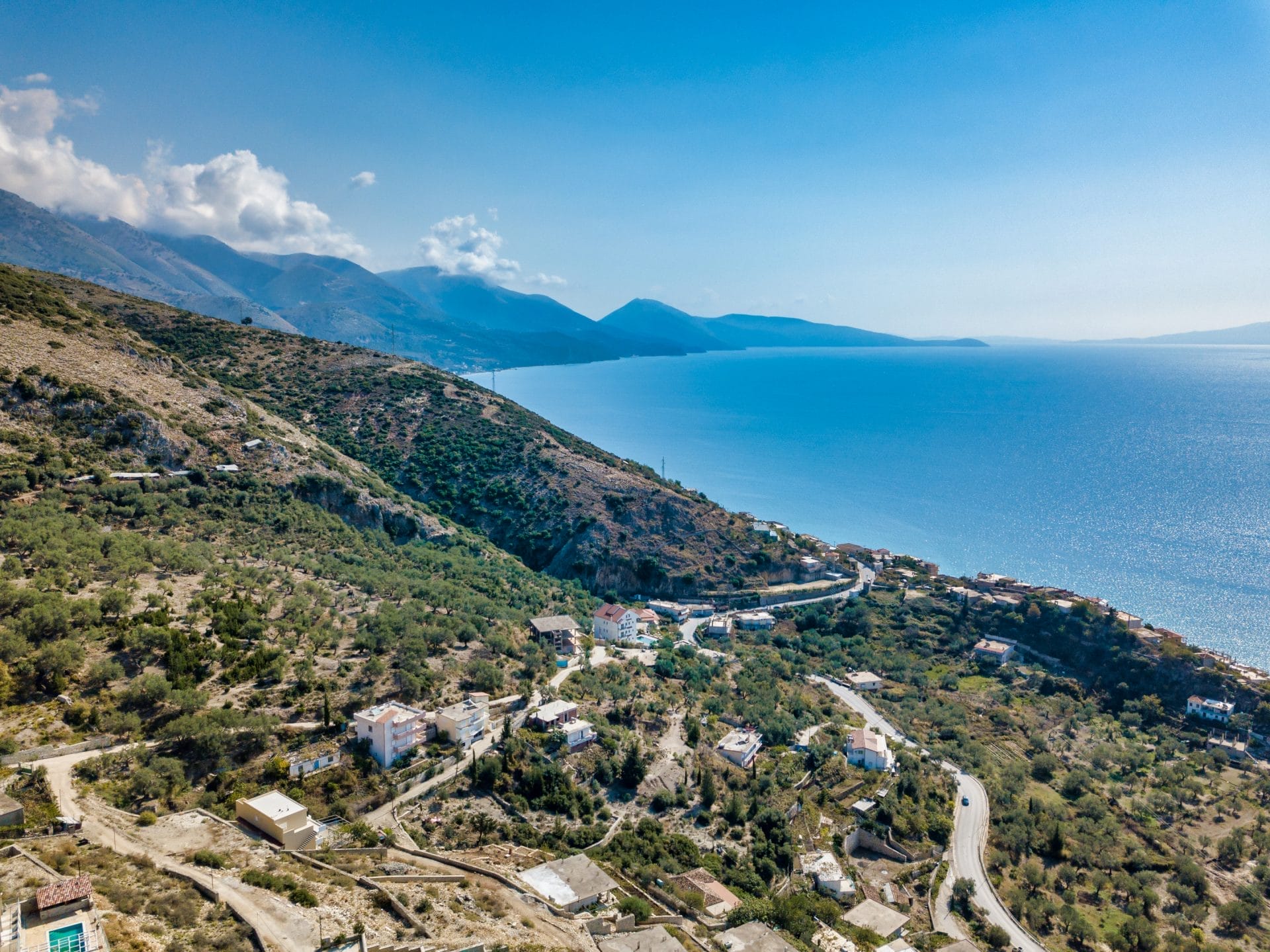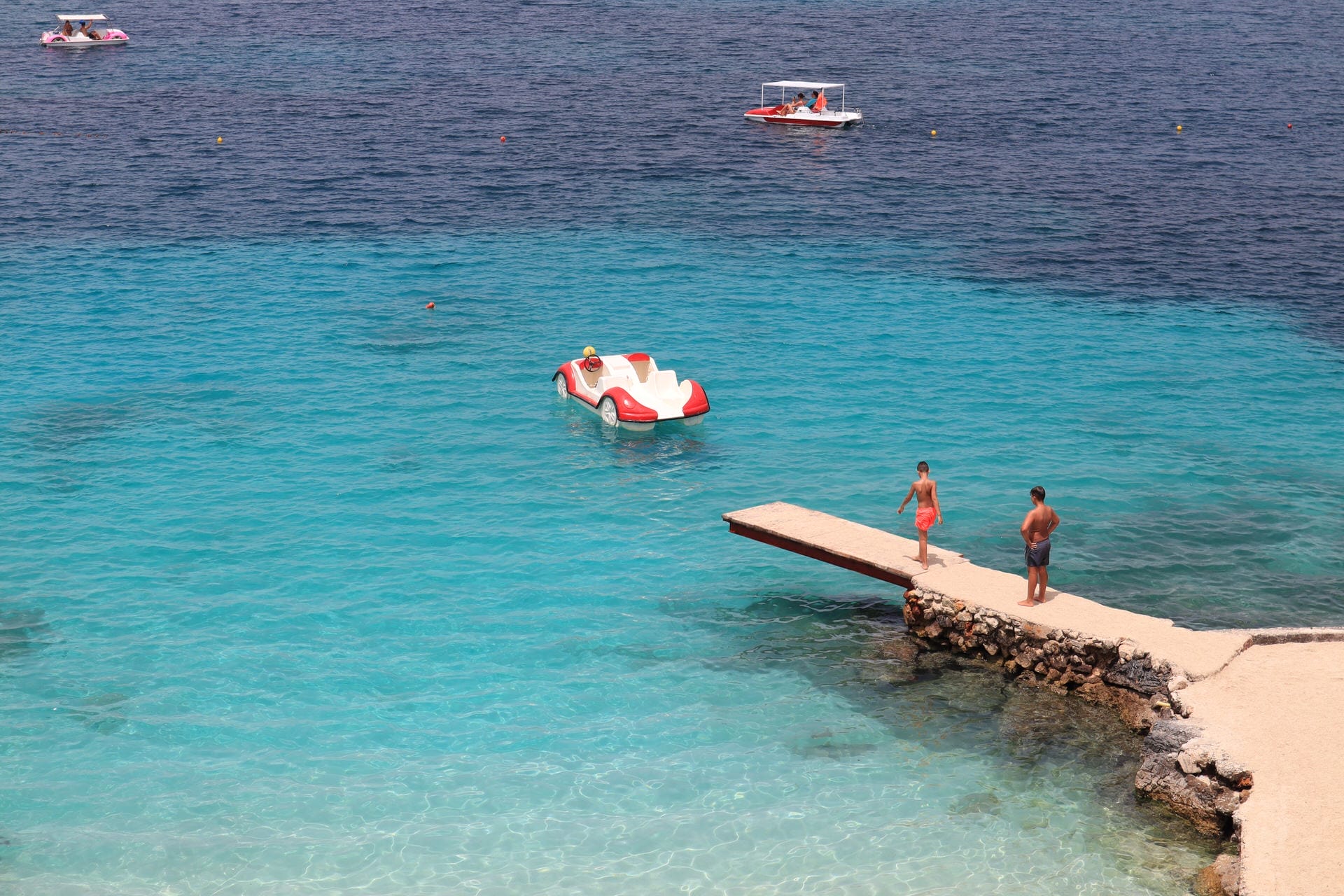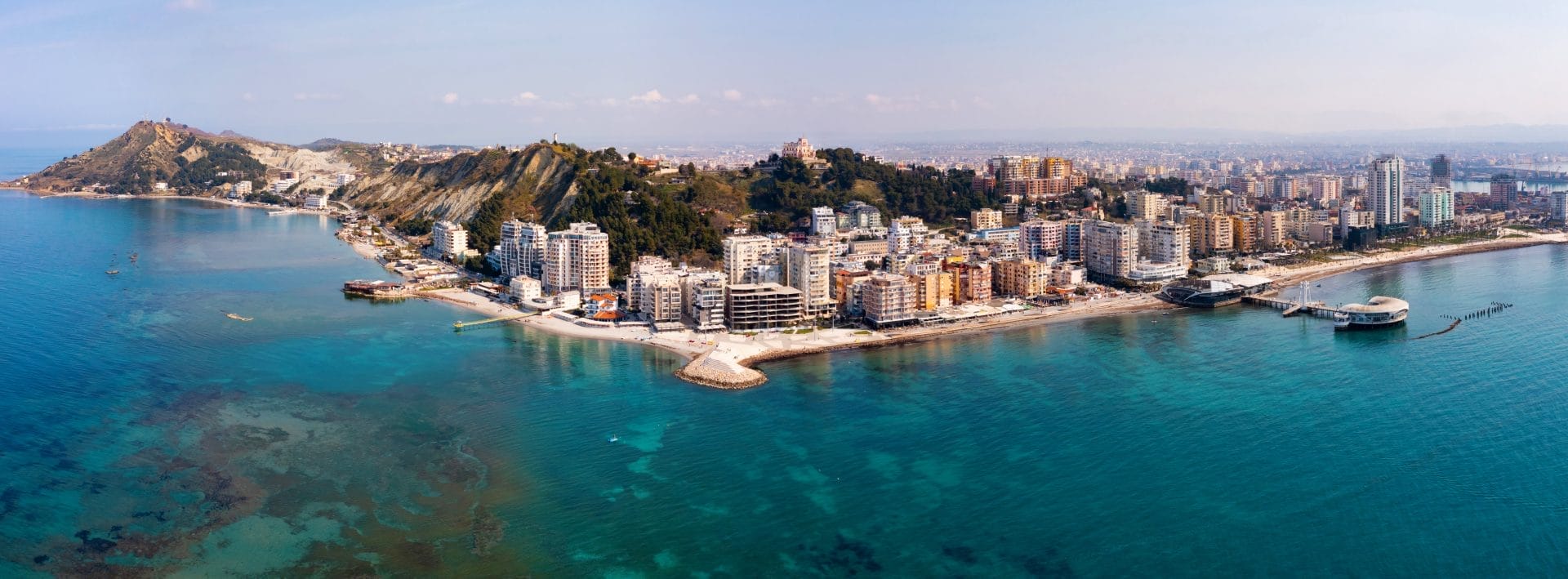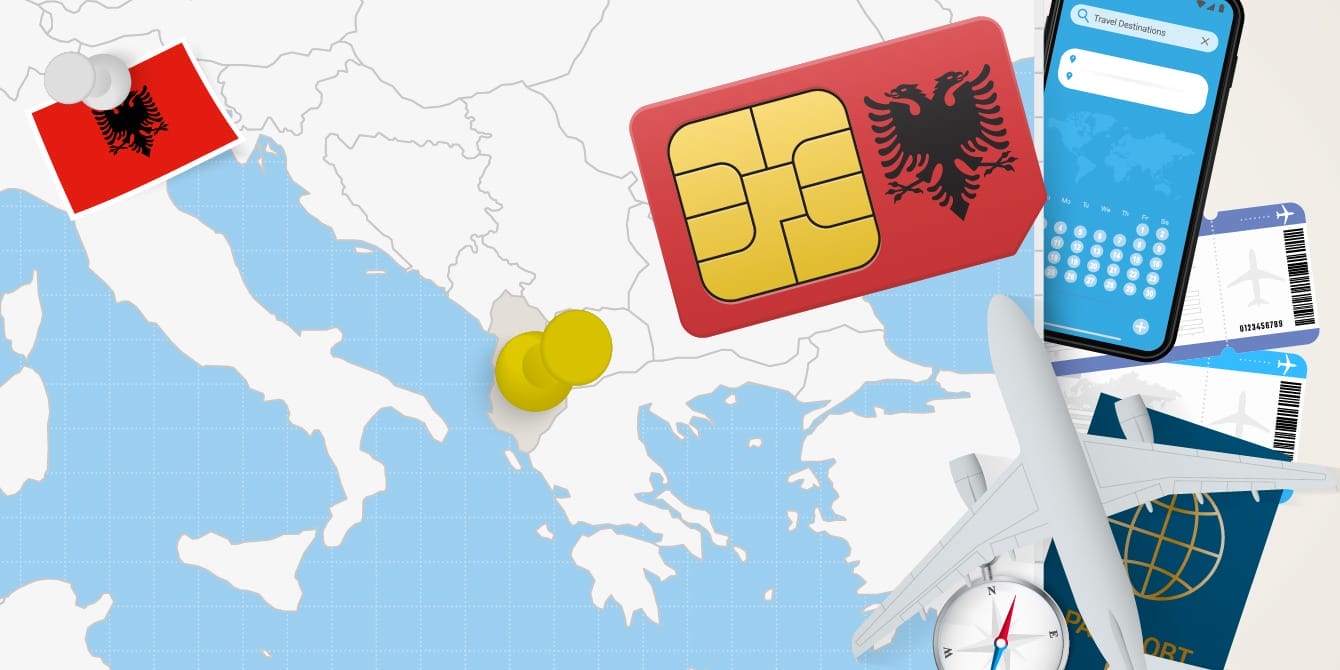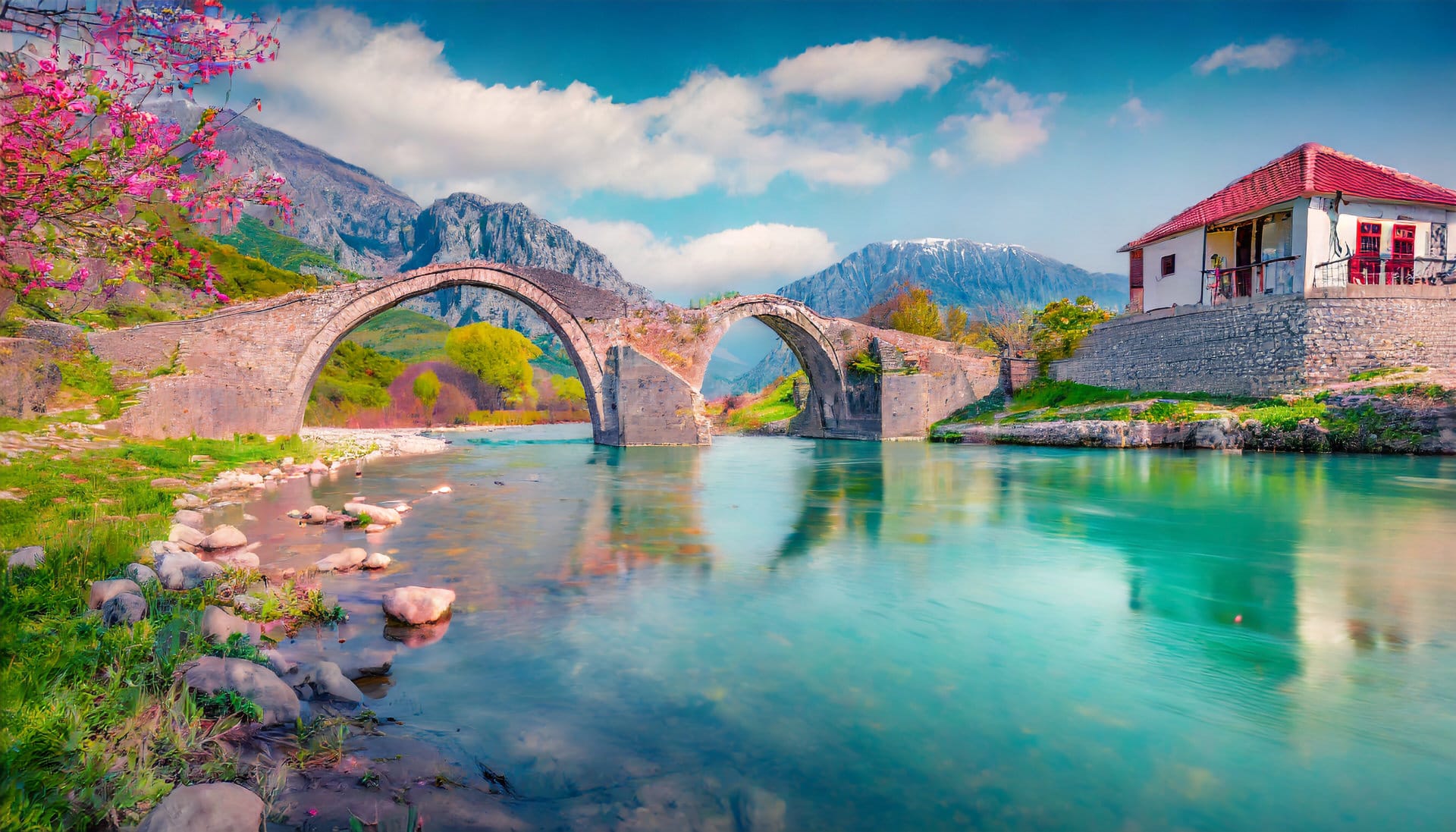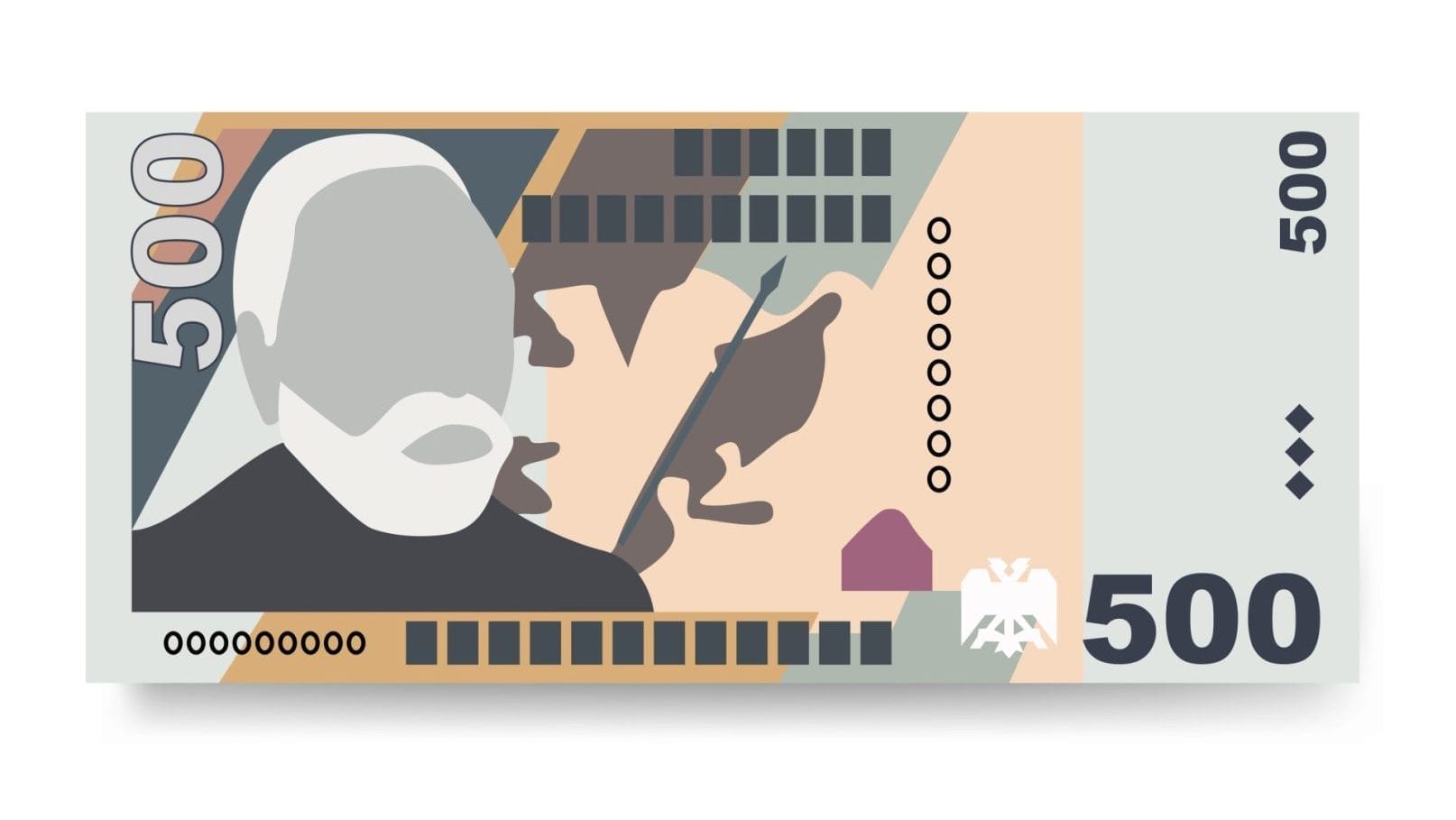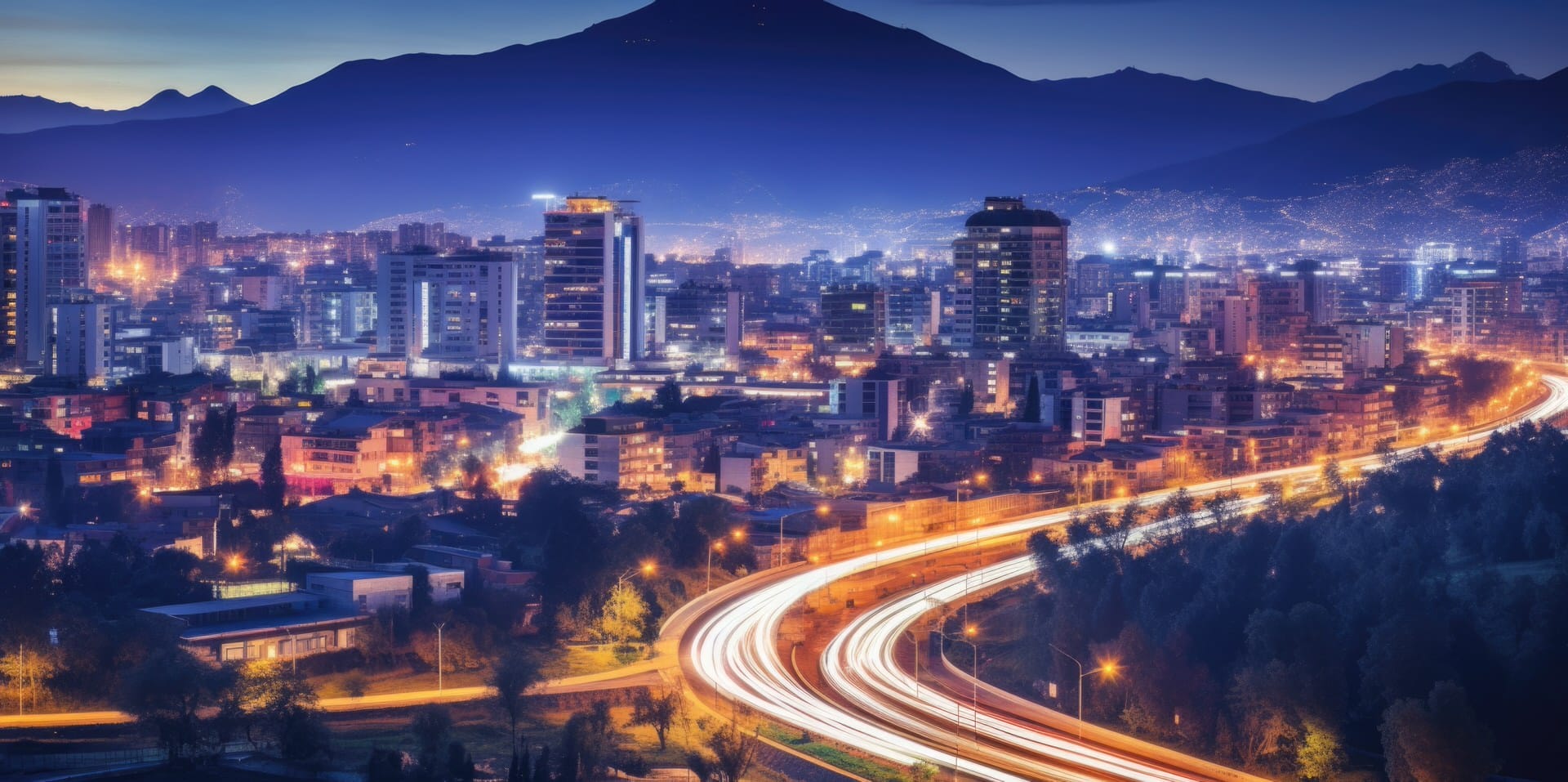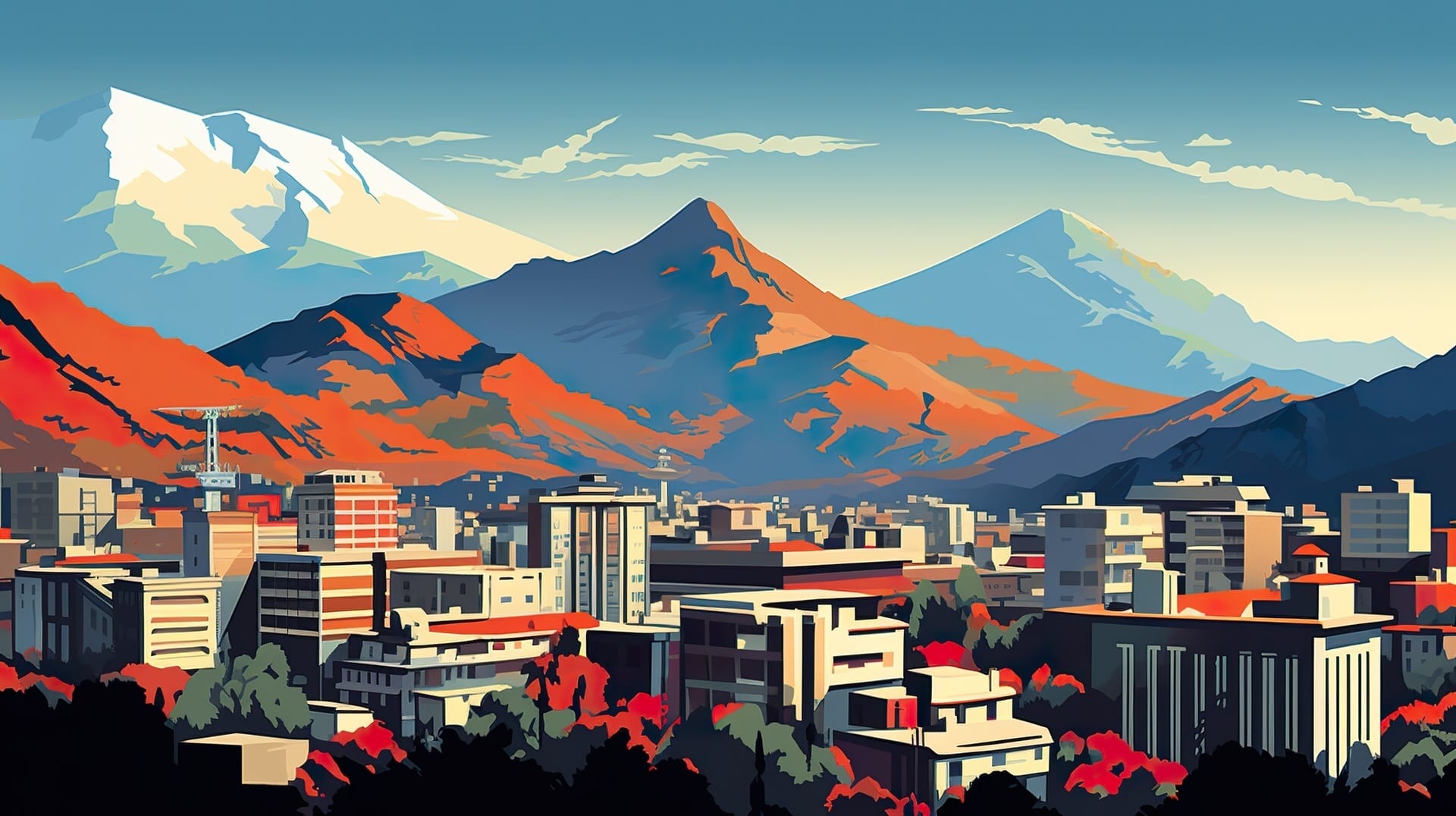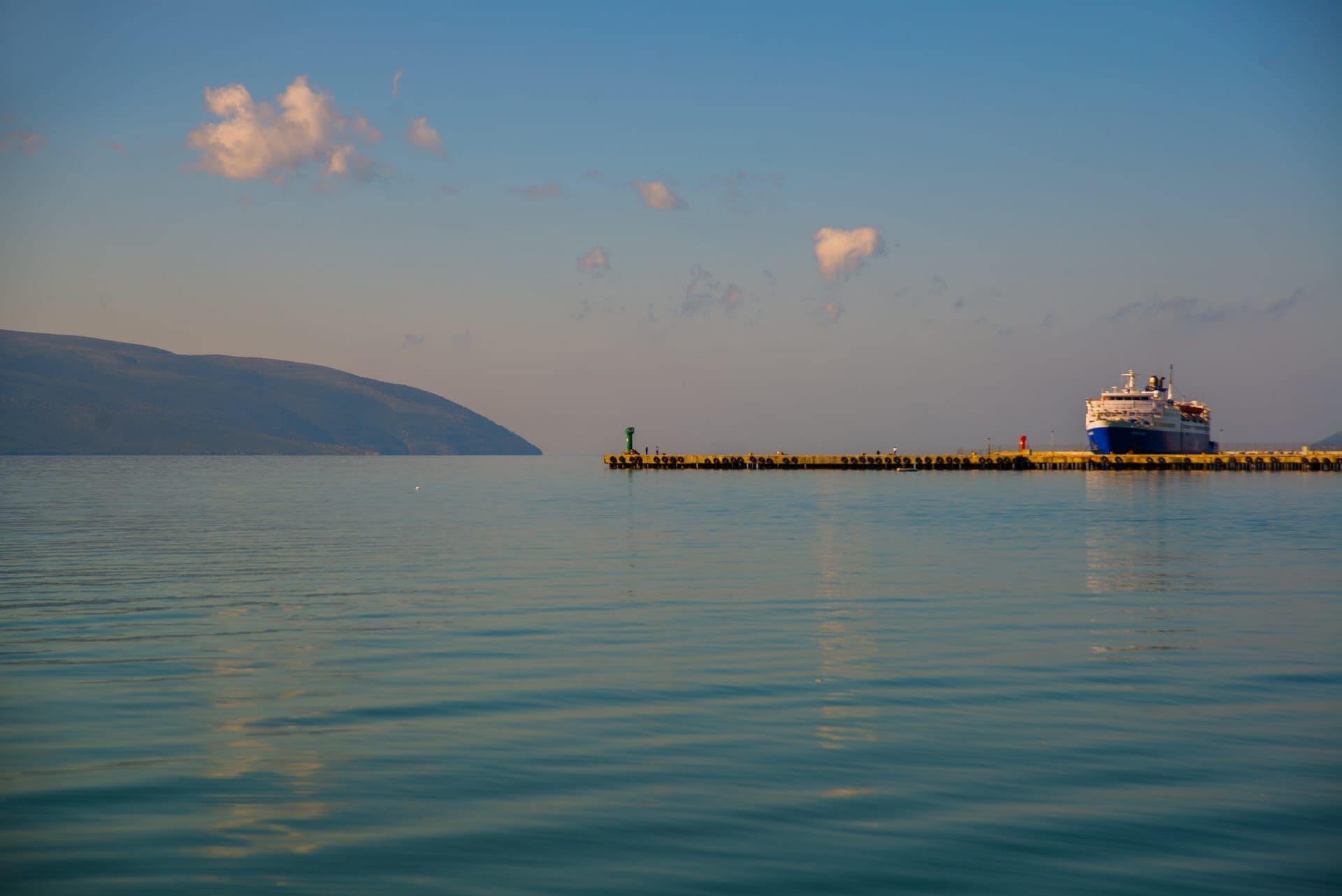
Why Visit Skanderbeg Square
Spanning 40,000 square meters at the heart of Albania’s capital, Skanderbeg Square has fueled Tirana’s cultural and civic identity since its early 20th-century origins under Austro-Hungarian builders. Named for 15th-century national hero Skanderbeg, the pedestrian space connects eras through its milestone monuments.

Uncovering Albania’s Identity at Its Soulful Core
At the vital center of Albania’s thriving capital lies an urban oasis where the rhythm of eras past fuses seamlessly into the nation’s high-spirited future. Skanderbeg Square is Tirana’s foremost gathering place – as abundant with a rich heritage as pulsing energy.
Named after the 15th-century Albanian resistance leader credited with thwarting Ottoman authority, the Square honors its namesake hero through events from cultural celebrations to avant-garde festivals as dynamic as the society fueling Tirana’s reinvention.
Spanning over 40,000 square meters with vast pedestrianized expanses, Skanderbeg Square forms the nucleus of civic activity and cultural insight within Albania’s largest metropolis.
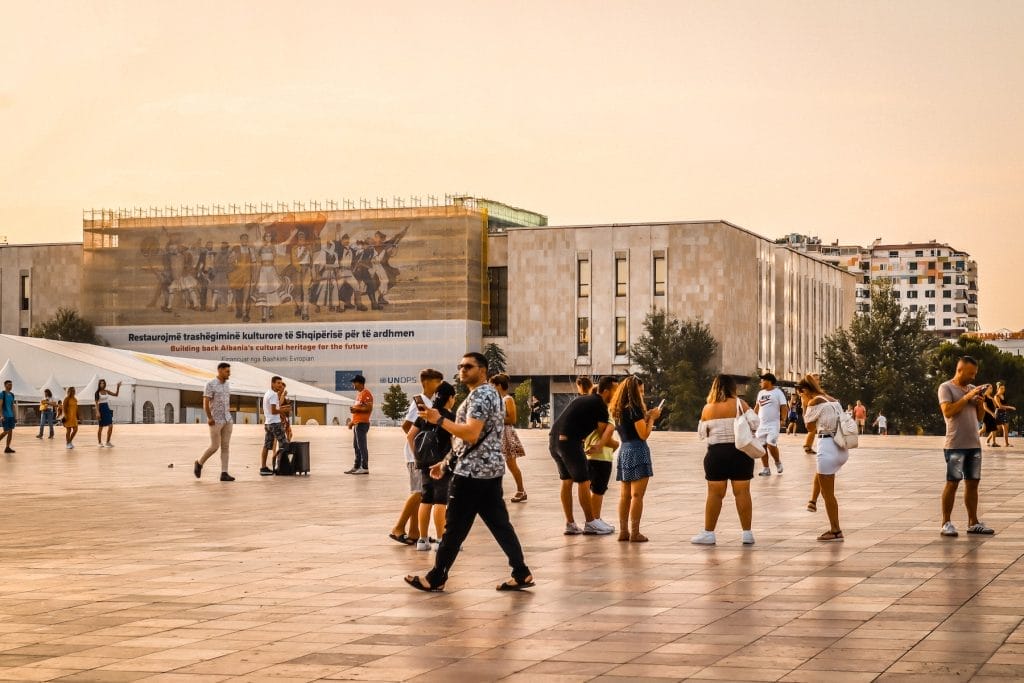
Guardians of Memory Line Its Perimeter
Part of the square’s magnetism is owed to its diversity of architectural treasures standing sentinel to frame Tirana’s fluid identity through the ages. A stroll around its perimeter reveals striking structures encapsulating artistic styles and governance ideals molding the city through successive eras.
Among the most visually prominent is Tirana’s eccentric National History Museum, its lateral concrete contours daringly deviating from Communist-era convention to match the 36,000 works housed within. This treasure trove of ancient armaments, Ottoman relics, and 20th-century propaganda posters traces Albania’s story from its ancient Illyrian people through the rise and fall of its socialist state.
Other relics of authoritarian influence manifest through parcel Soviet Brutalism structures like the elongated Party of Labour building flanked by a massive relief sculpture symbolizing Socialist ideals. Nearby, Fascist-era imprints emerge via buildings like the National Bank and its muscular stone exterior echoing strongman Benito Mussolini’s vision for dominating the Mediterranean.
These concrete symbols of shifting ideological rule stand interposed with inheritance from the Ottoman past, including the rebuilt Et’hem Bey Mosque, where traces of 15th-century frescoes now meld with modern restoration influenced by Turkey. The site forms a cornerstone of Tirana’s Islamic lineage across six centuries.
Yet alongside the historical structures, Tirana’s future-focused outlook shines through contemporary buildings like Italian architect Stefano Boeri’s sleek glass-blocked Municipality Building, its bee hive design and honeycomb effects infusion environmental sustainability with next-generation style.
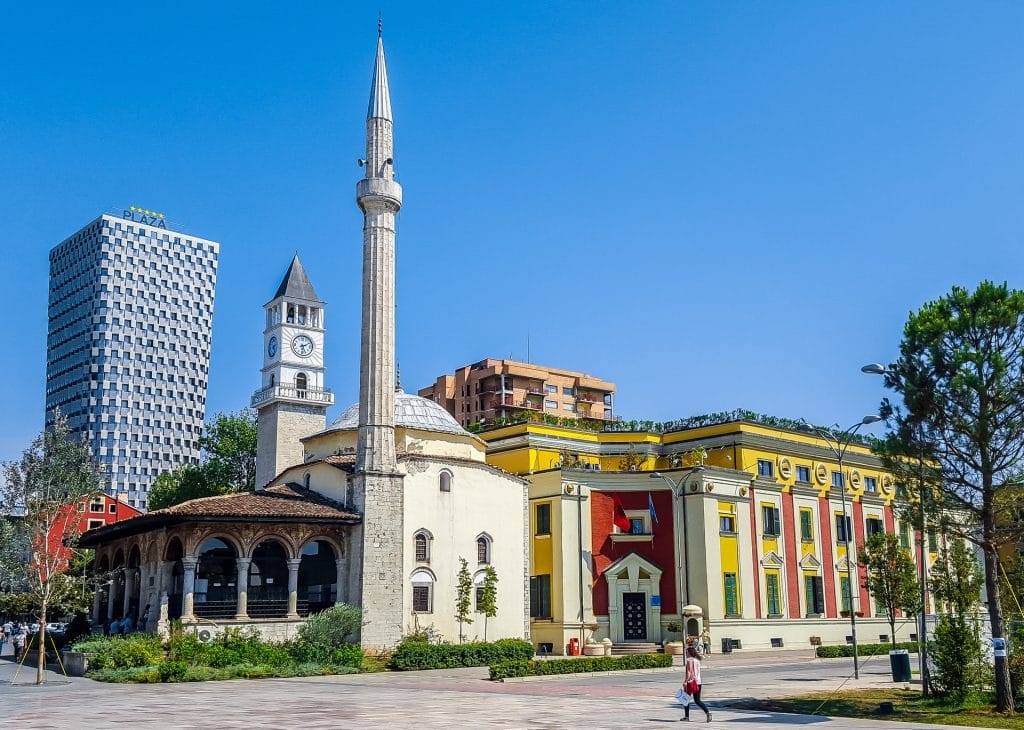
Civic Stage for Happenings Mirroring the Times
Beyond architectural showcase, Skanderbeg Square fuels Tirana’s cultural dynamo by providing vast event space reflecting the social tenor of eras spanning authoritarian propaganda gatherings to celebrations of human equality.
As communist rule waned in the early 1990s, the site became a prime venue for political protests demanding democratic reforms. By the mid-2000s, rock concerts featuring Western stars like David Bowie drew over 200,000 attendees as images of musical rebellion were used by state officials to signal Albania’s opening to the West.
The crowds and coded messaging have evolved with the state’s transition, but Skanderbeg Square retains its role as the primary stage for happenings mirroring their times. In 2022, its stone grounds swelled with young people replicating global movements for social justice.
Yet the Square equally accommodates joyous cultural events from open-air festivals to improvised holiday bazaars where locals hawk traditional street foods among Albanian flags. Whether commemorative or jubilant, weighty or playful, Skanderbeg Square supplies space for Tirana’s diverse population to capture the public imagination through creative assembly.

Clashing Eras Collide in Commerce
Alongside Skanderbeg Square’s cultural stage and architectural legacy, a commercial dimension stitches the old world and new through cuisine and craft. Surrounding streets hold remnants of Tirana’s once-sprawling Ottoman bazaar, now compressed into compact lanes with tradesmen honing traditional fare to entice tourists seeking quintessential Albanian experiences.
Visitors nibble local mountain cheeses or warming lamb fragrant with spices ladled from bubbling cazans near elderly women stitching folk costumes. The sights, smells, and tastes transport one to a pastoral way of living still honored through recipes and handicrafts even as a new generation of Albanians adopts globalized perspectives.
This interwoven quality spills directly into the Square itself during frequent farmers markets and small weekend festivals where old timers in traditional dress chat through nicotine-stained teeth while selling jarred honey and hand-dyed textiles next to Western hipsters hawking fair-trade Peruvian chocolate and cold-brew iced coffee. Somehow, it all seems to fit.
The Square amplifies this kaleidoscopic quality, with people moving seamlessly from snapping selfies before its glittering central fountain to leaving carnations at the bronze bas-relief honoring national hero Skanderbeg. This fusion creates an electric atmosphere particular unto itself.
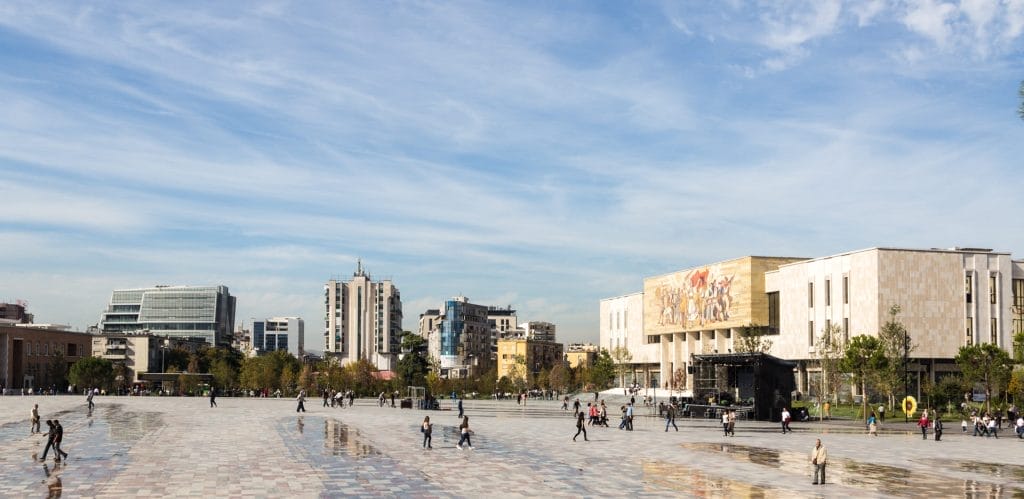
A Living Legacy Binding Past and Future
The Square’s unusual vitality owes to this uncommon merger where Stalinist sagas and 15th-century conquests remain as alive as the young buskers rattling off Roma dance tunes. Physical structures encode political eras, yet locals inhabit them with personal purposes contaminated by today’s preoccupations.
In Skanderbeg Square, the boundary between tourist attractions and everyday life blurs. Its perpetually flowing fountains, gleaming monuments, and ornate cultural halls belong as much to Albania’s complex lineage as to the lovers’ tangling fingers while passing through. Visitors eager to grasp Tirana’s essence need only grasp this: what makes the space so exceptional is that history lives on as commonly as the present it seeds.
With enduring relics actively echoing across the ages thanks to those who inhabit memory through modern spirit, Skanderbeg Square succeeds as a proud showcase encapsulating Albania’s revival at its very core. By experiencing this living landmark, travelers can grasp the cultural layers permeating Tirana’s soul.

